Almaty's Independence Monument documents the history of thousands of years of Kazakh history in a series of fascinating murals made of molded bronze. The murals begin with the ancient nomadic peoples and conclude in the modern day with the establishment of the nation of Kazakhstan under president Narsultan Nazarbayev in 1991 and relocation of the new capital to Astana in 1998.
If you look closely, you find many small details that summarize legends, major historical figures or cherished cultural artifacts. At the center is a soaring obelisk about 100 feet tall.
The murals document thousands of years of history, and I like, in particular, some of the powerful sybolism. The depiction of the Nazi army during World War II is particularly striking, as are the skirminishes between Kazakh horse archers and Russian cannons during the 1800s. Very sad is the depiction mass starvation of Kazakhs and gradual assimilation of their culture into Russia's, leading straight into the Soviet period and foreign war.
Atop stands a replica of the Golden Man riding a snow leopard, a major cultural symbol. The Golden Man was a 3rd or 4th century BC skeleton adorned in golden armor discovered in a burial mound in Almaty region in 1969 with a substantial horde of gold.
At the base of the monument is a golden book said to grant one blessing should you place your hand into it and pray. I did indeed oblige. To my surprise, my wish was granted, in part, the very next day.
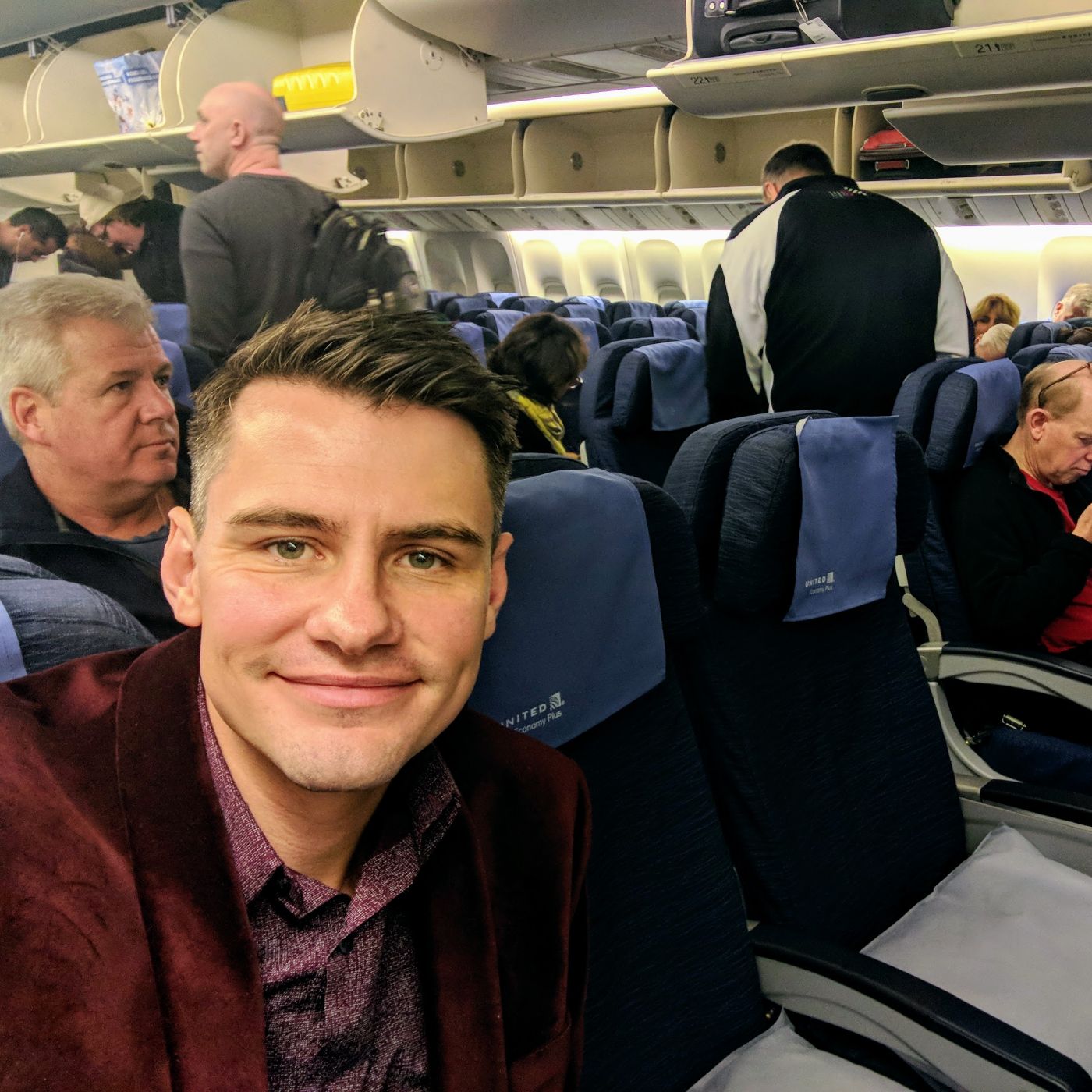
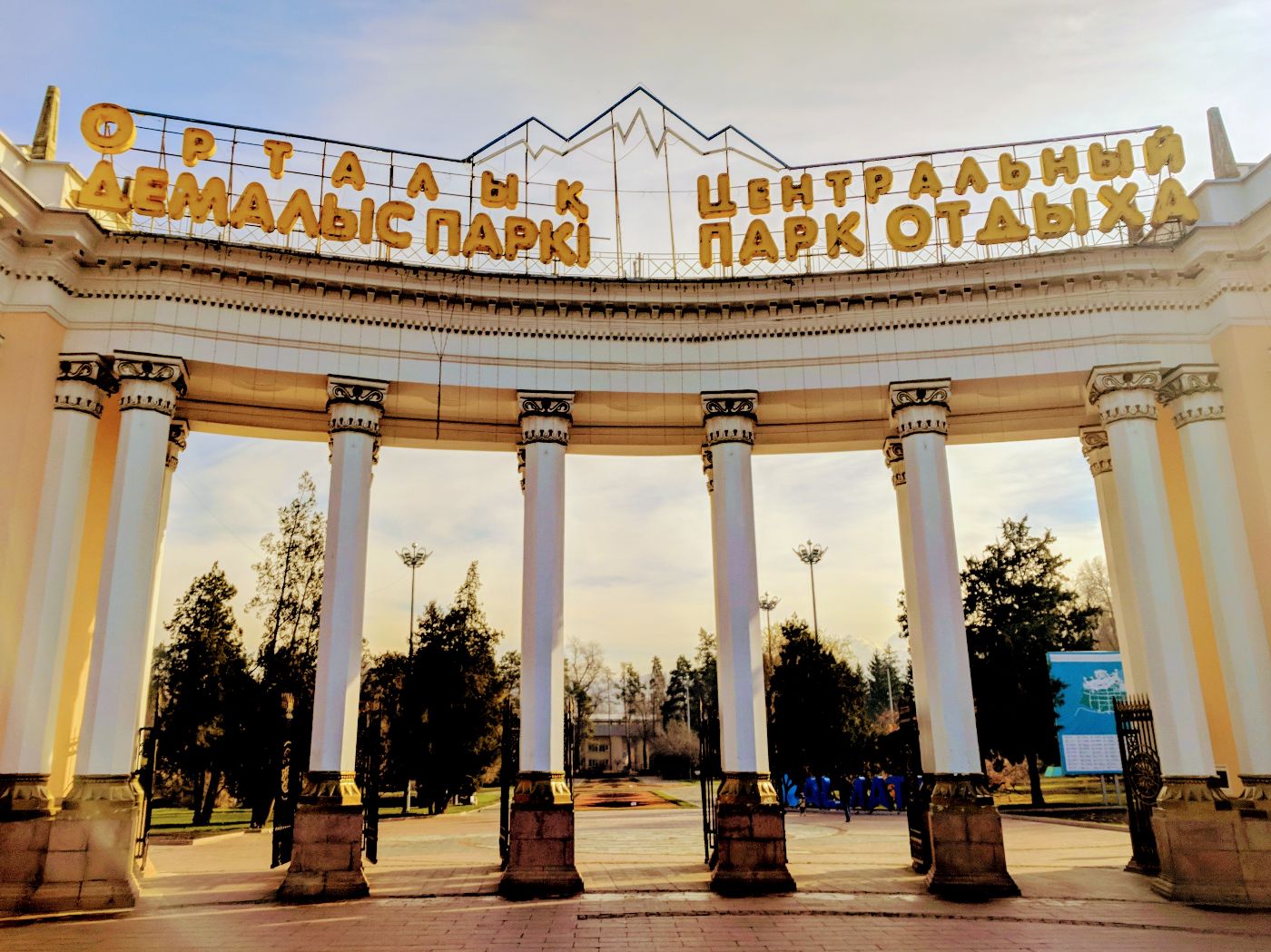
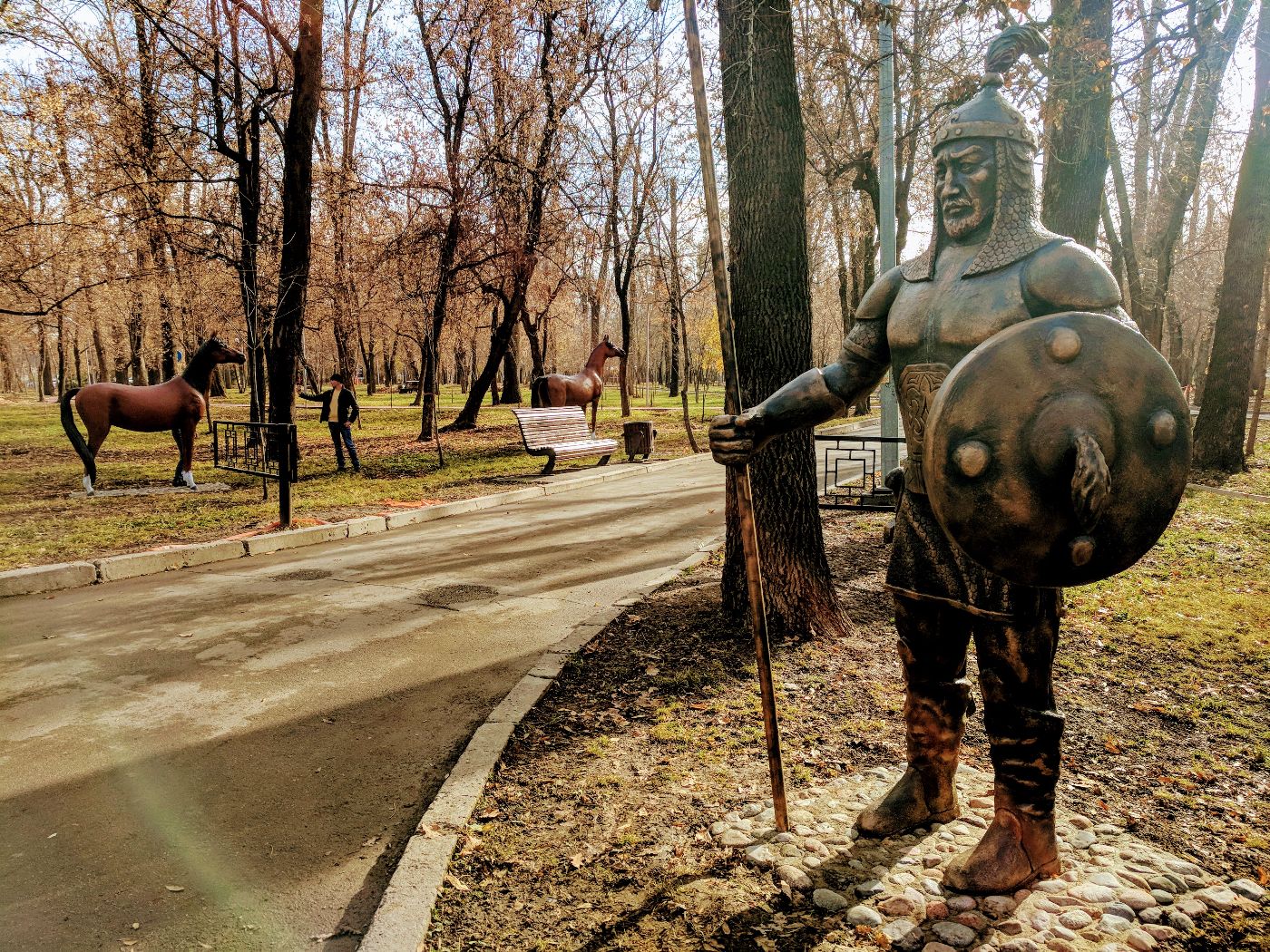
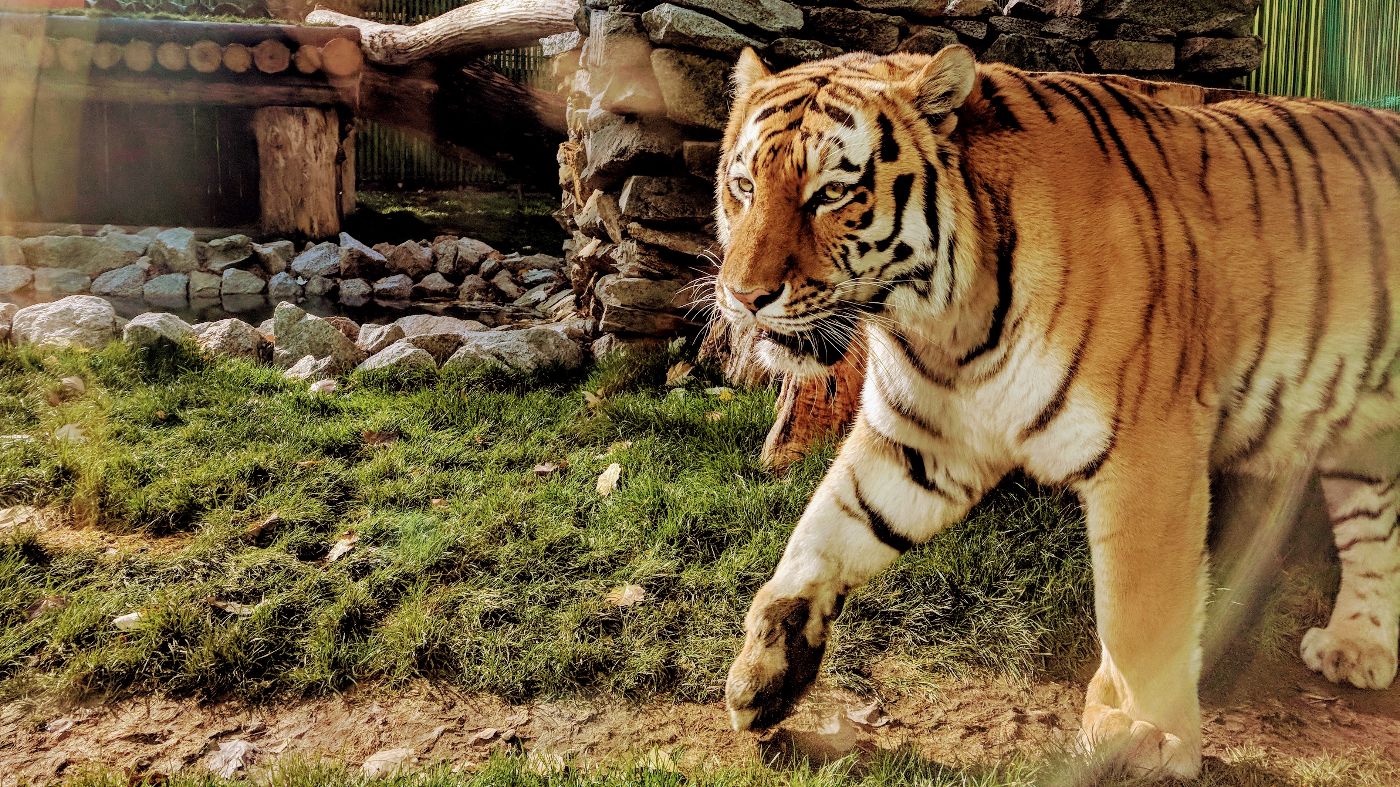
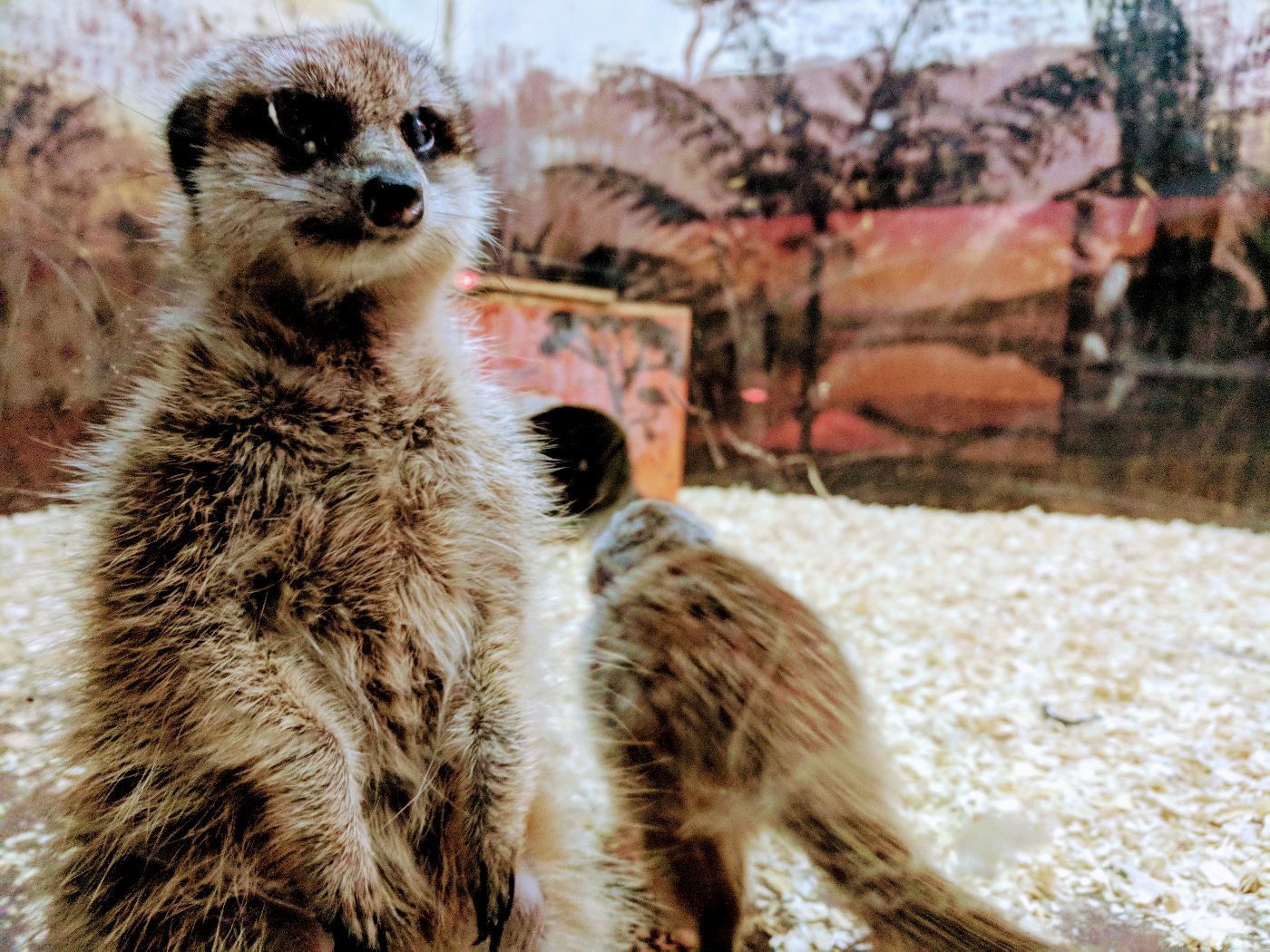
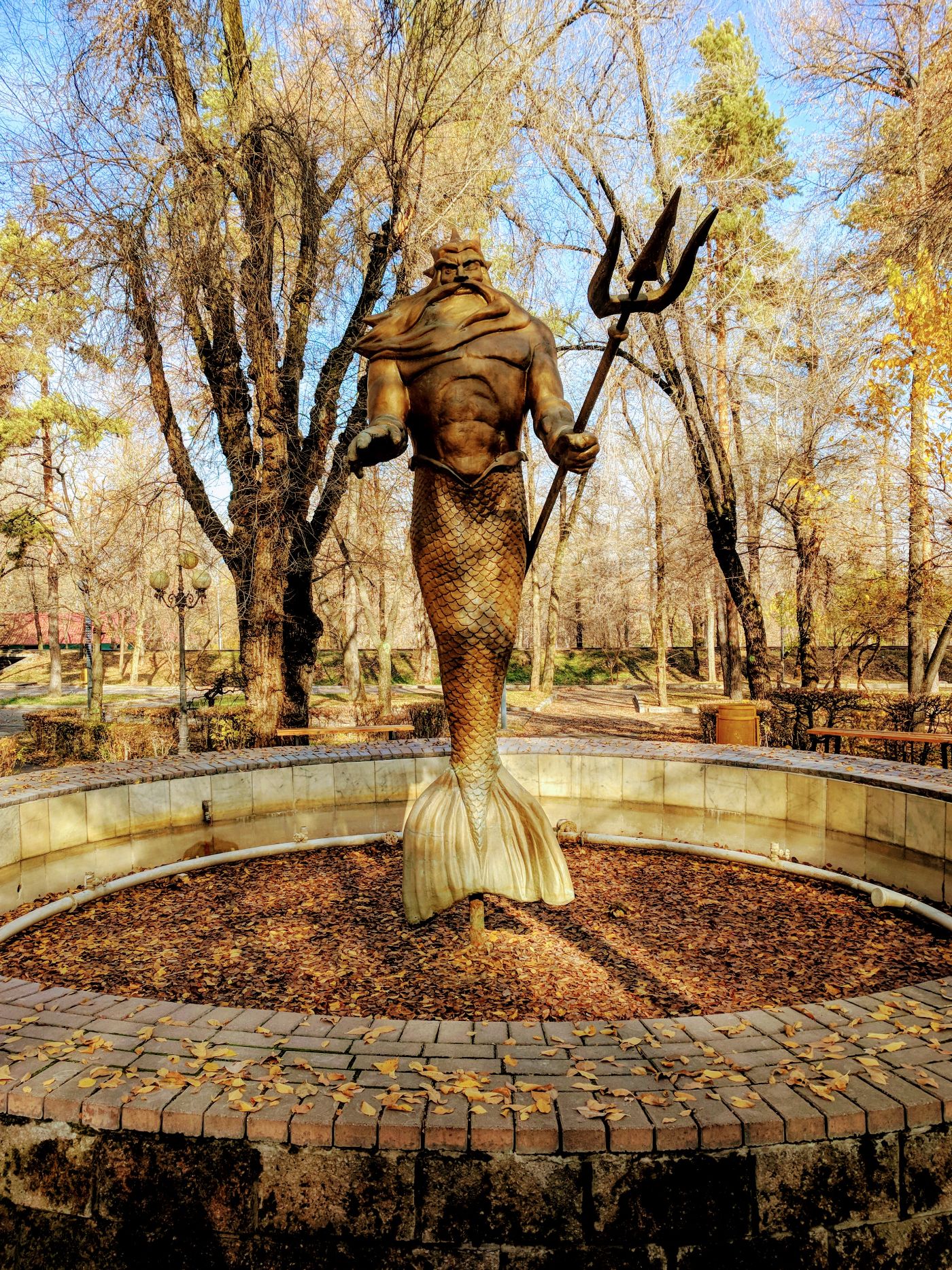
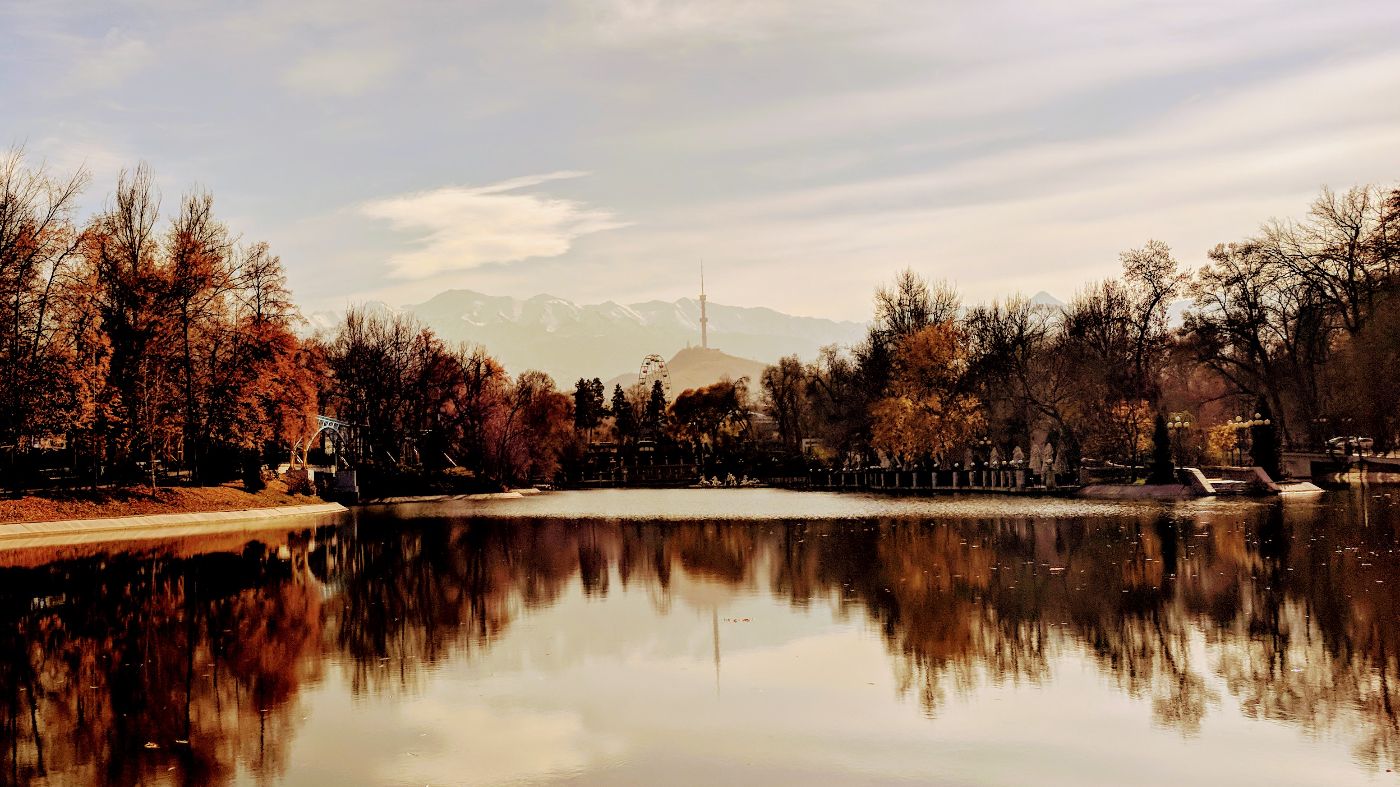
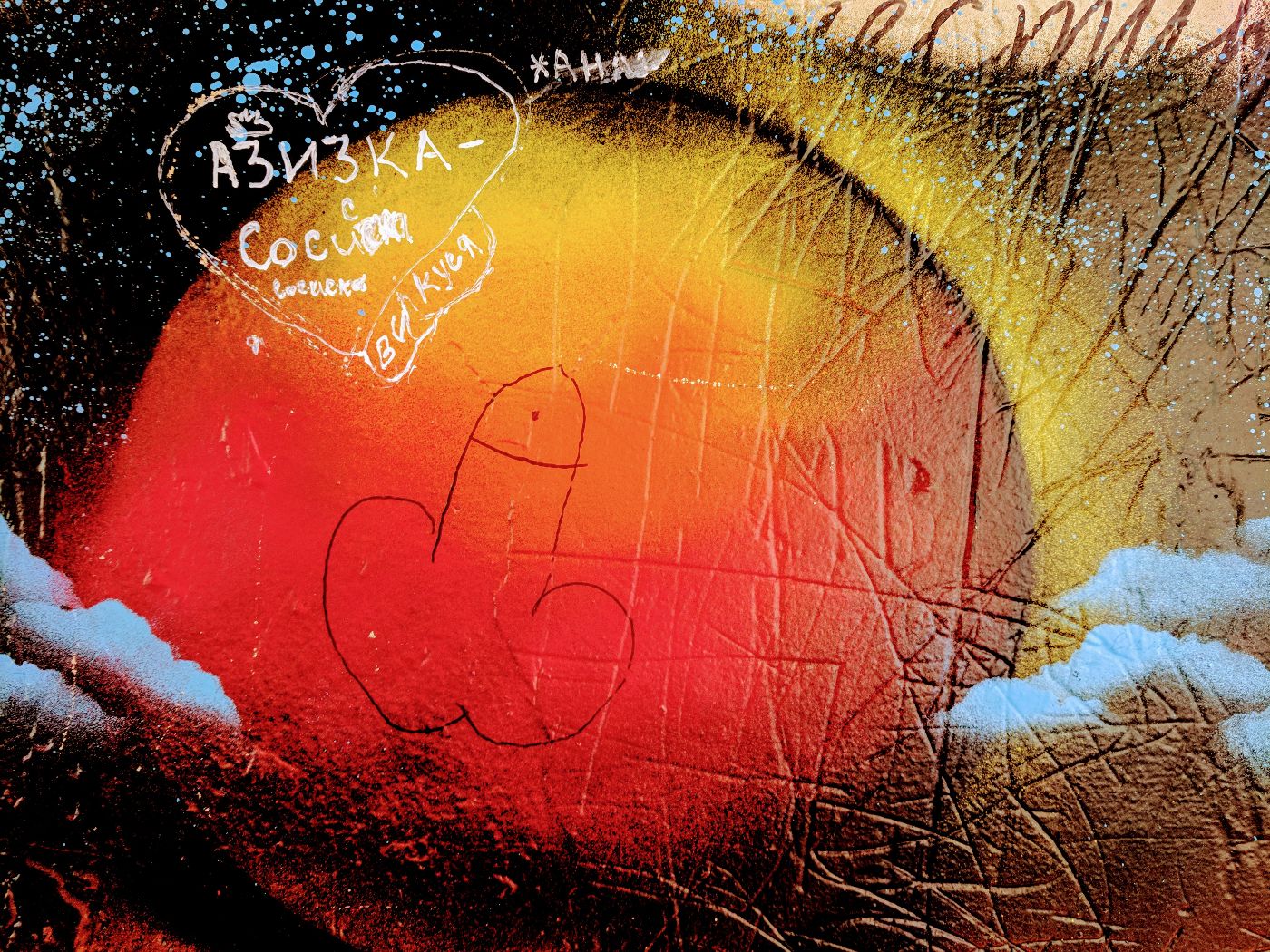
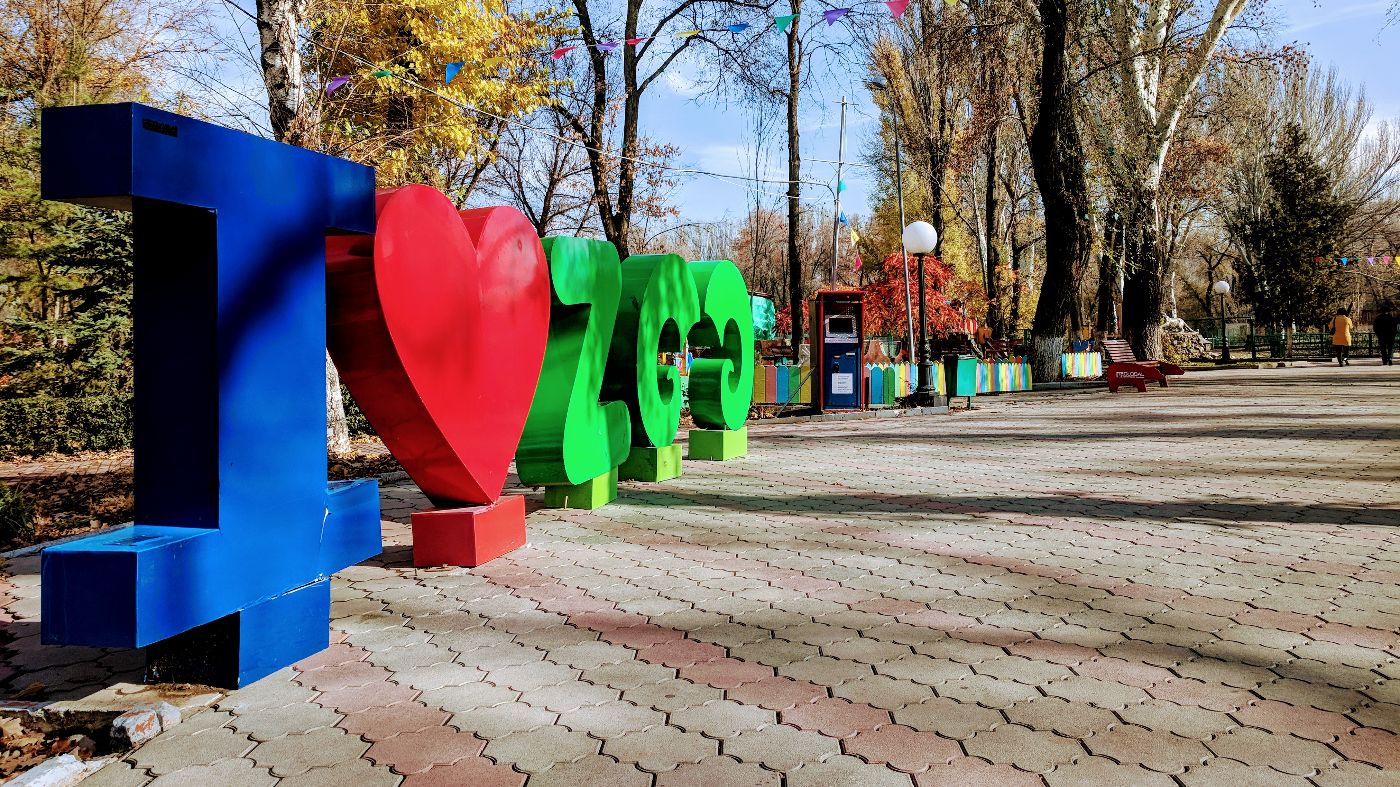
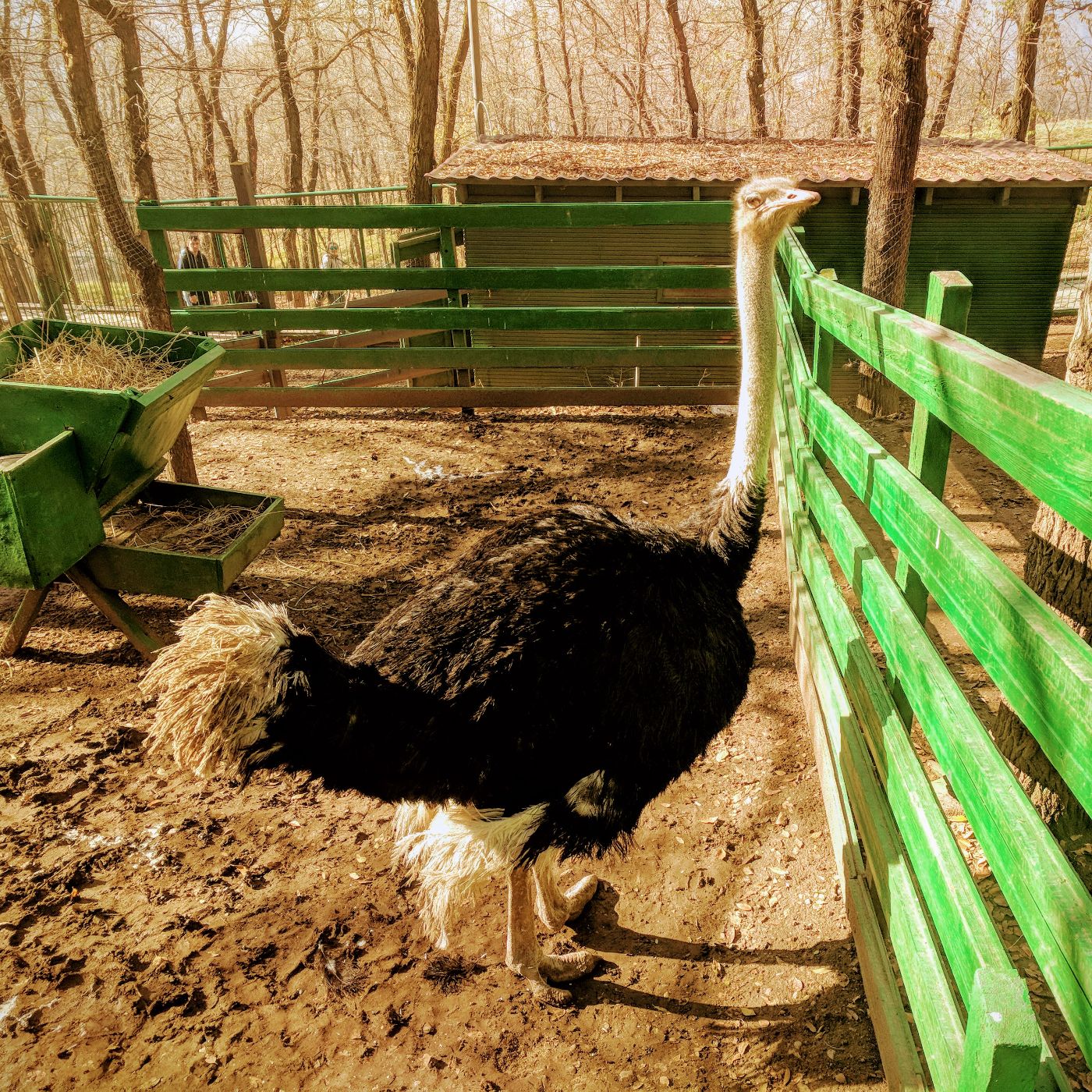
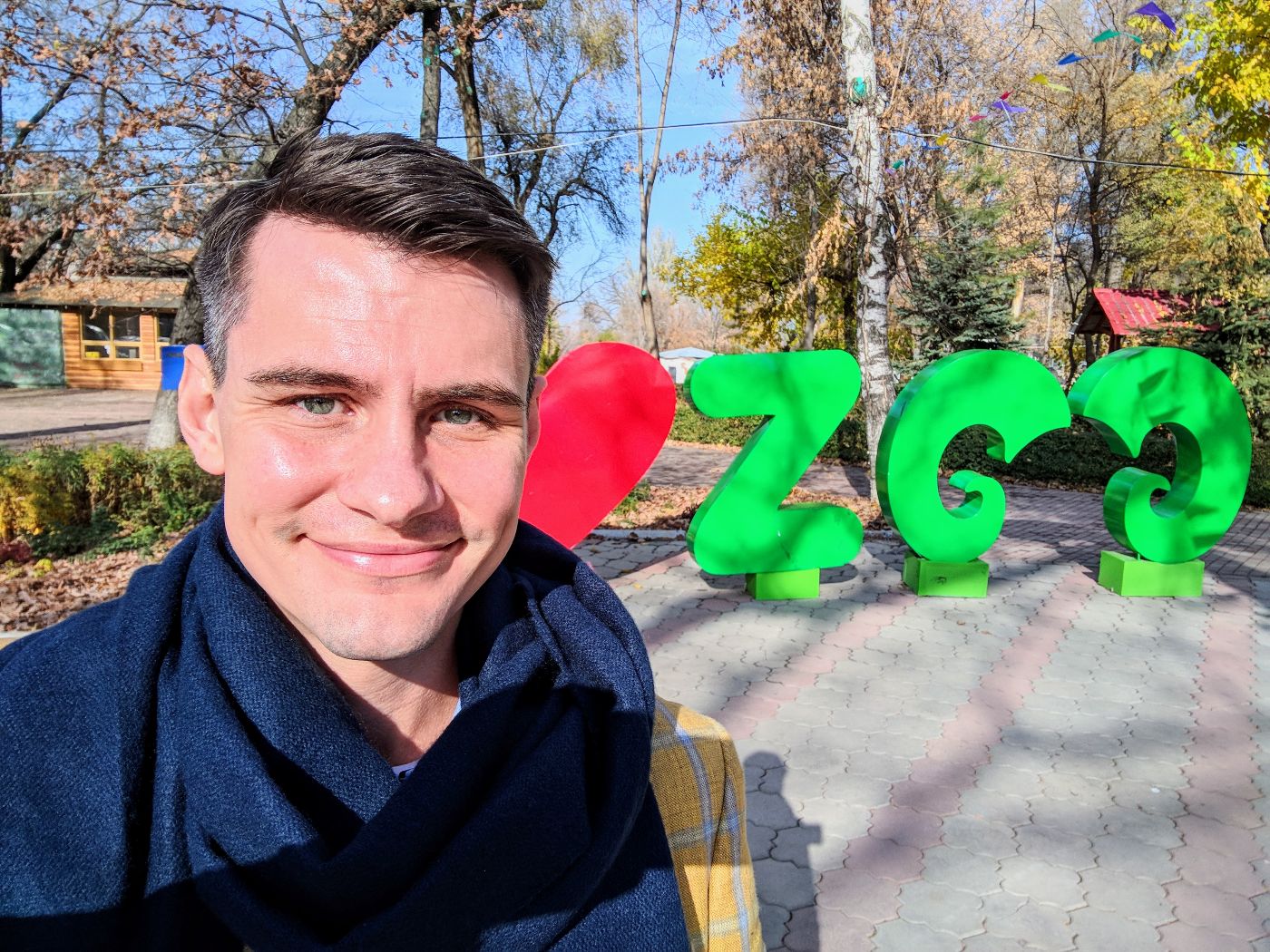
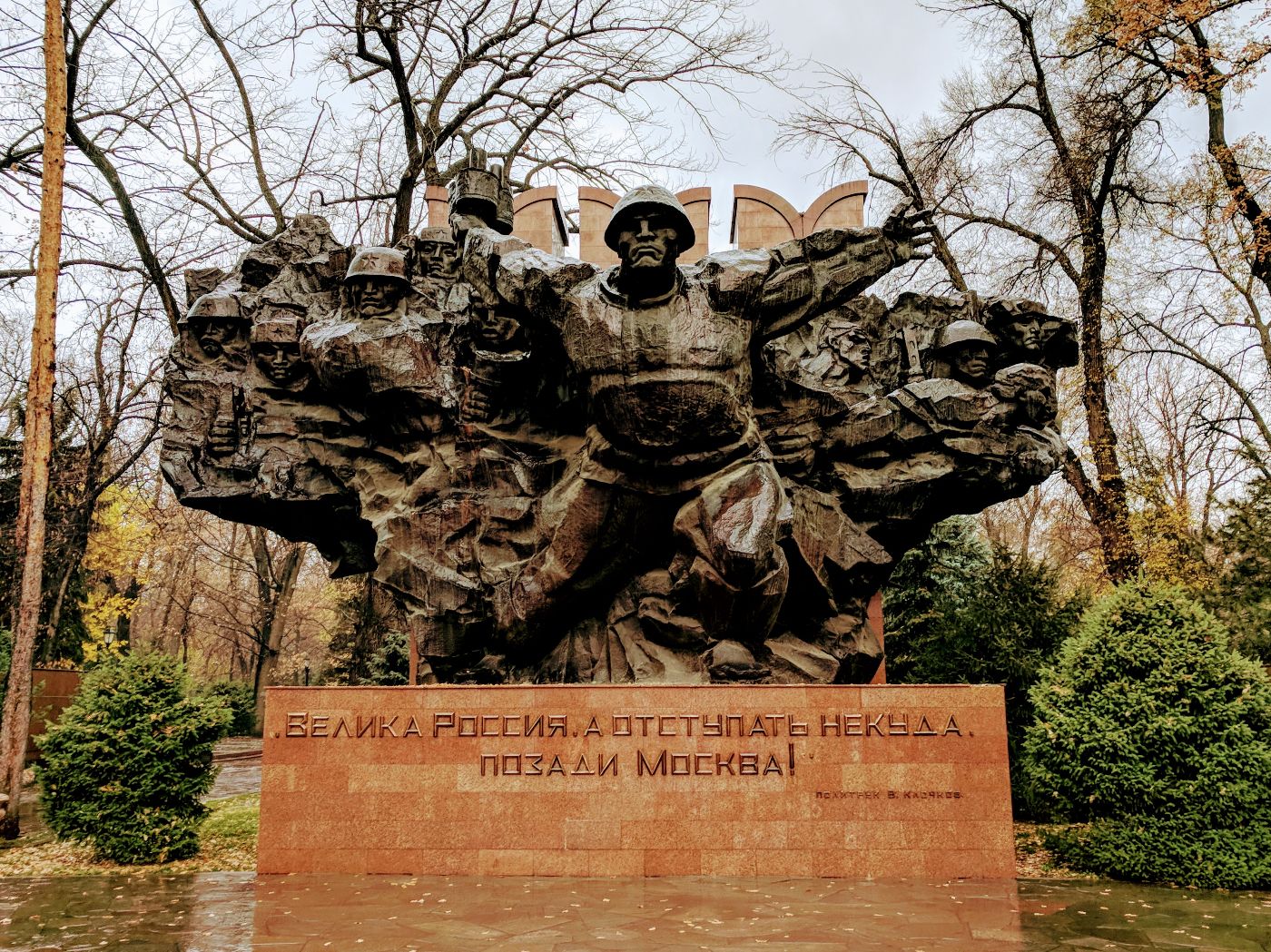
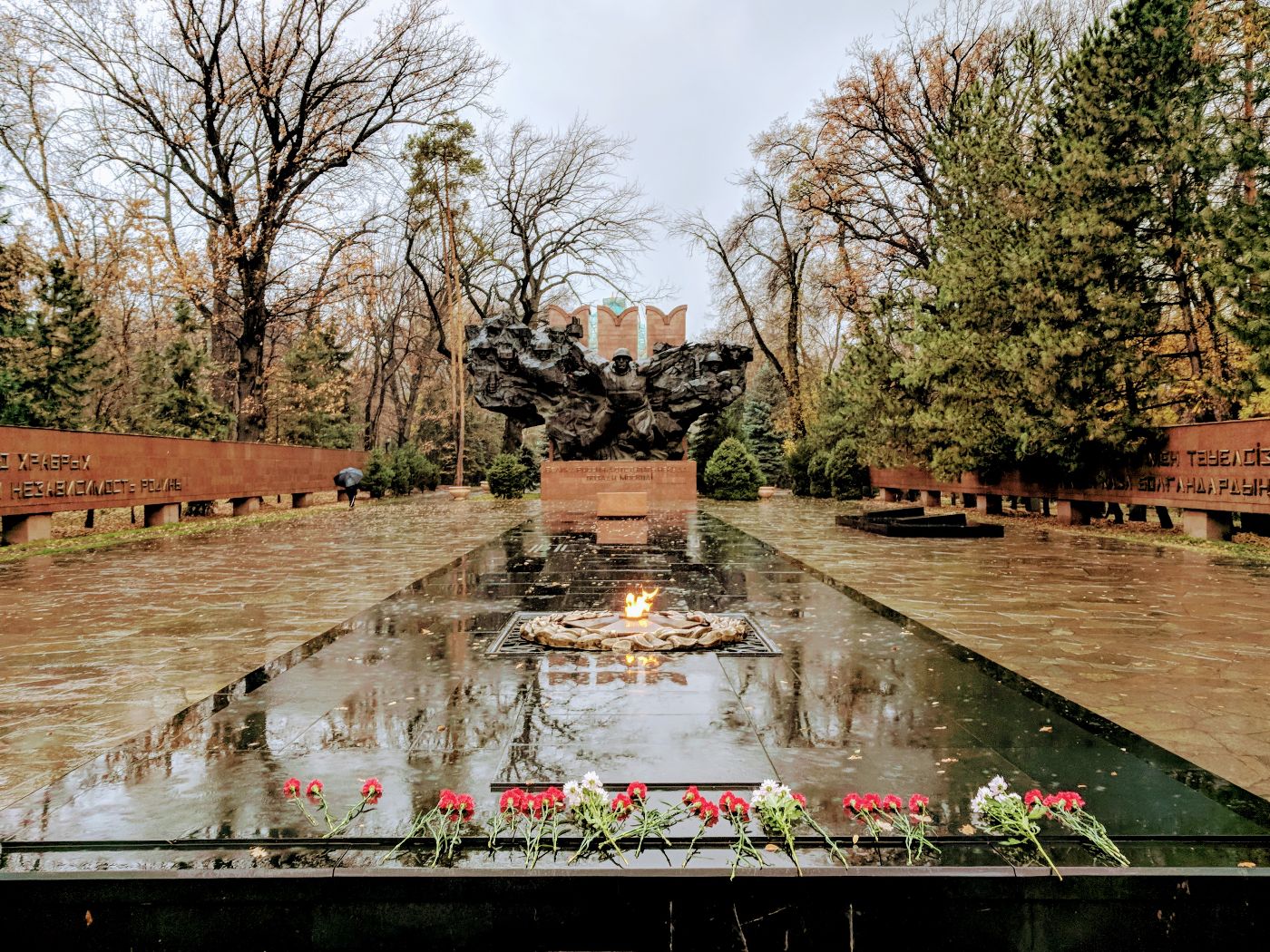
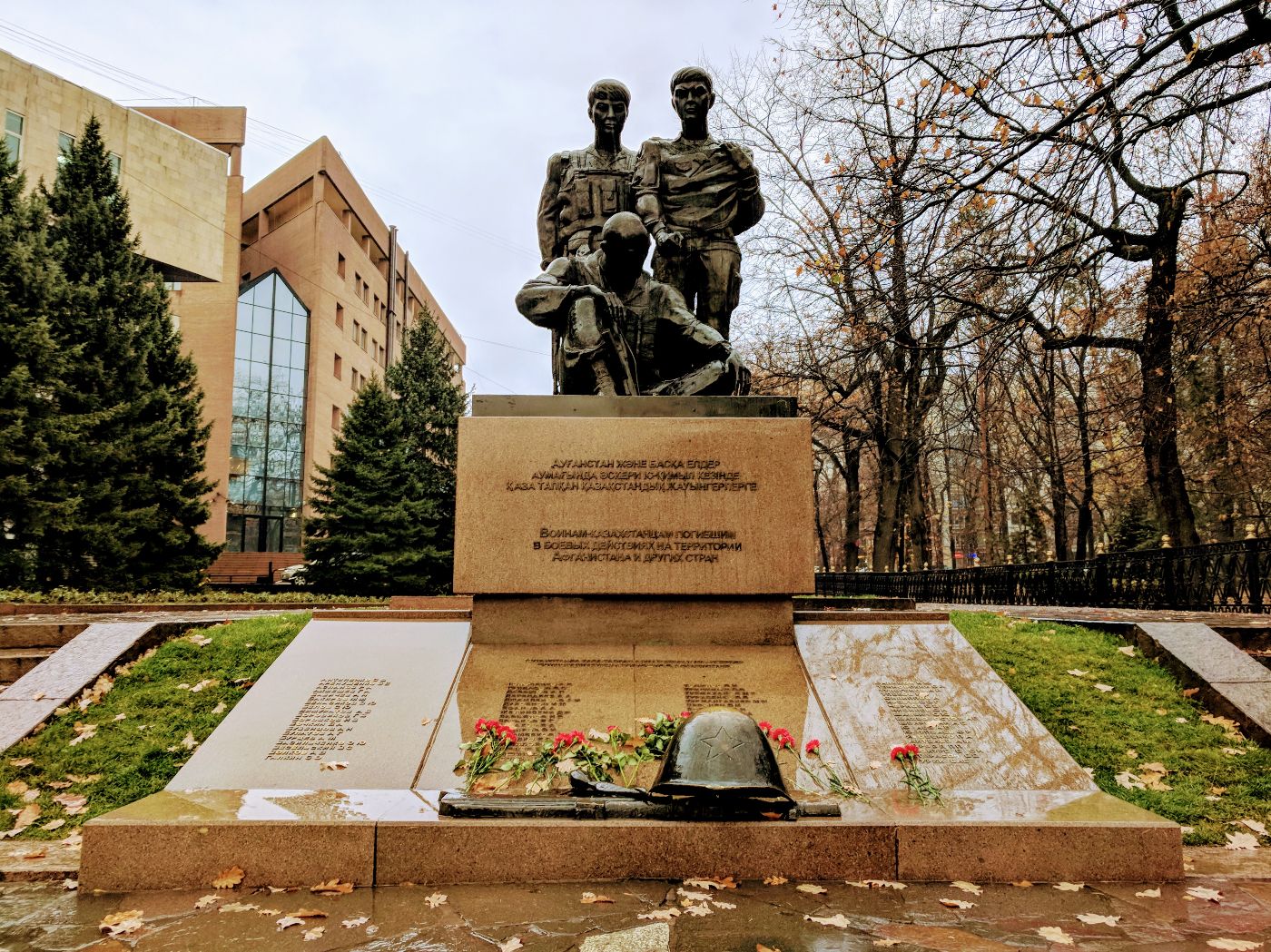
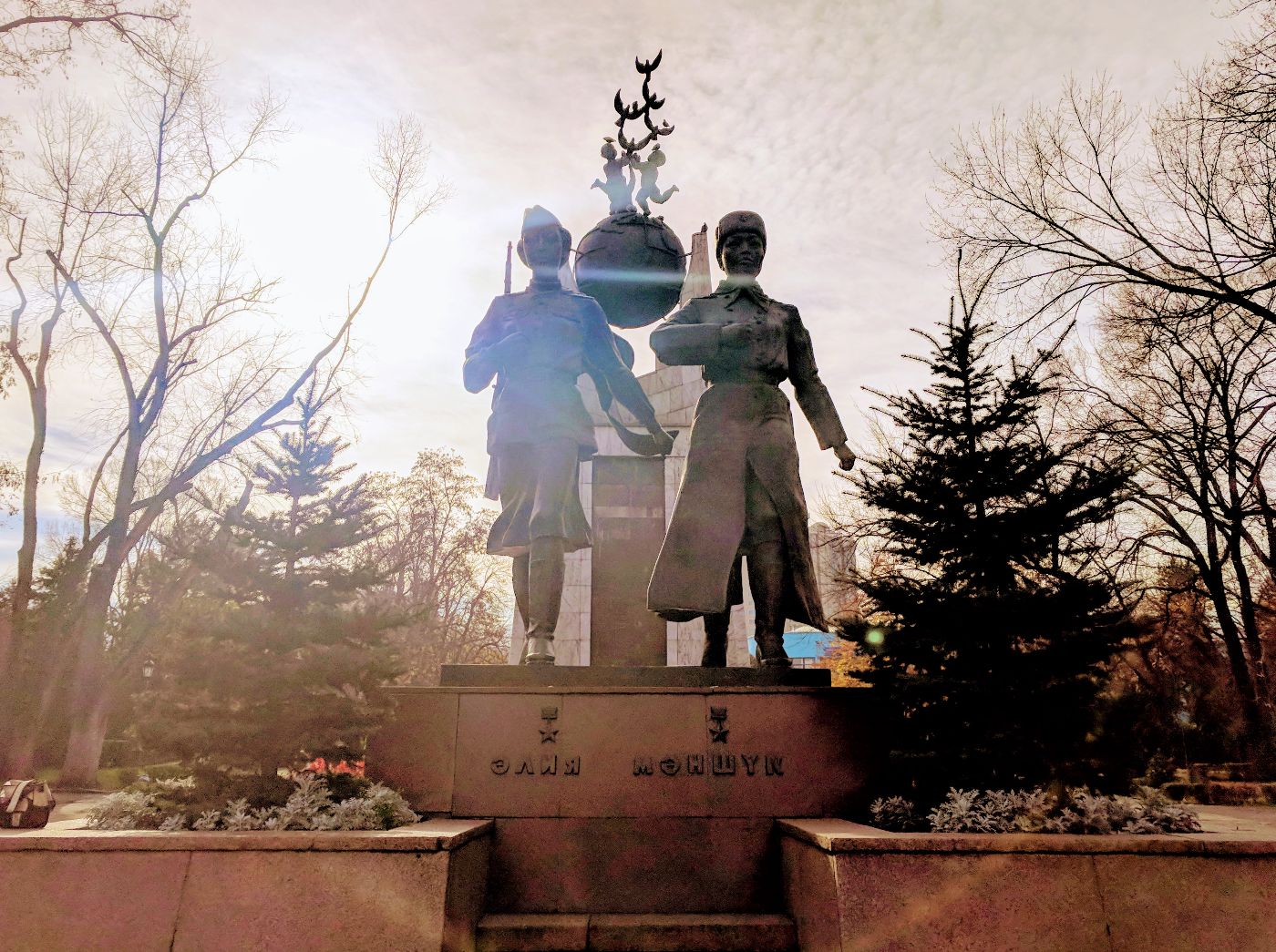
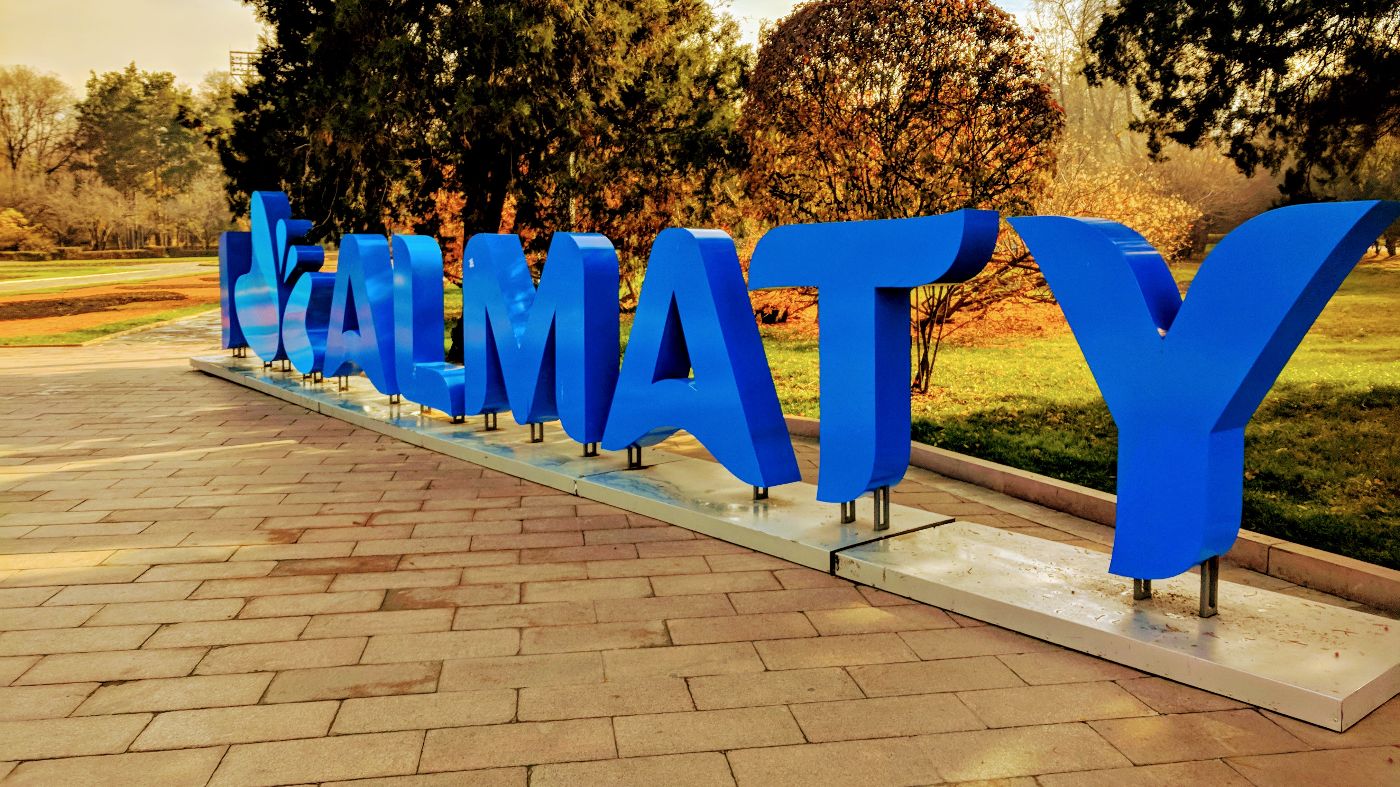
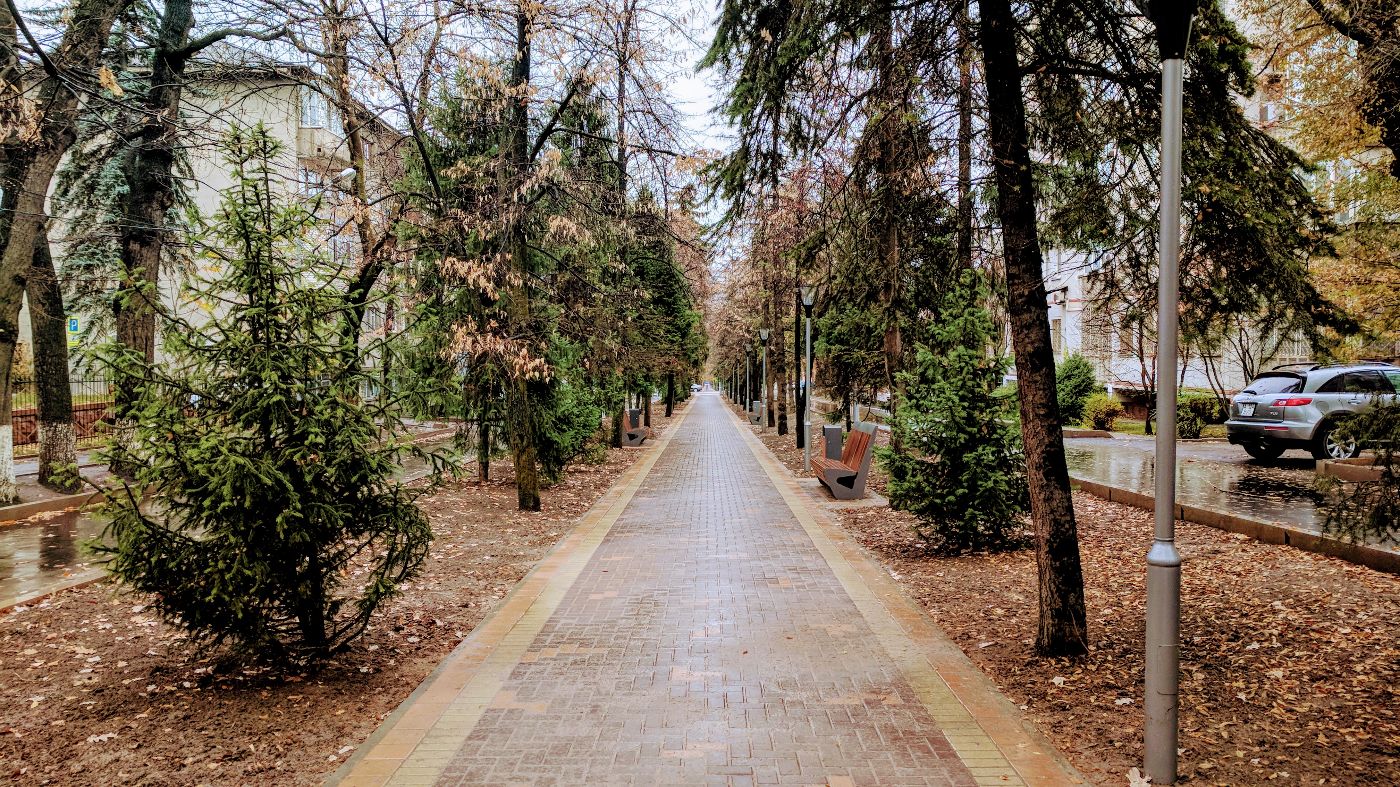
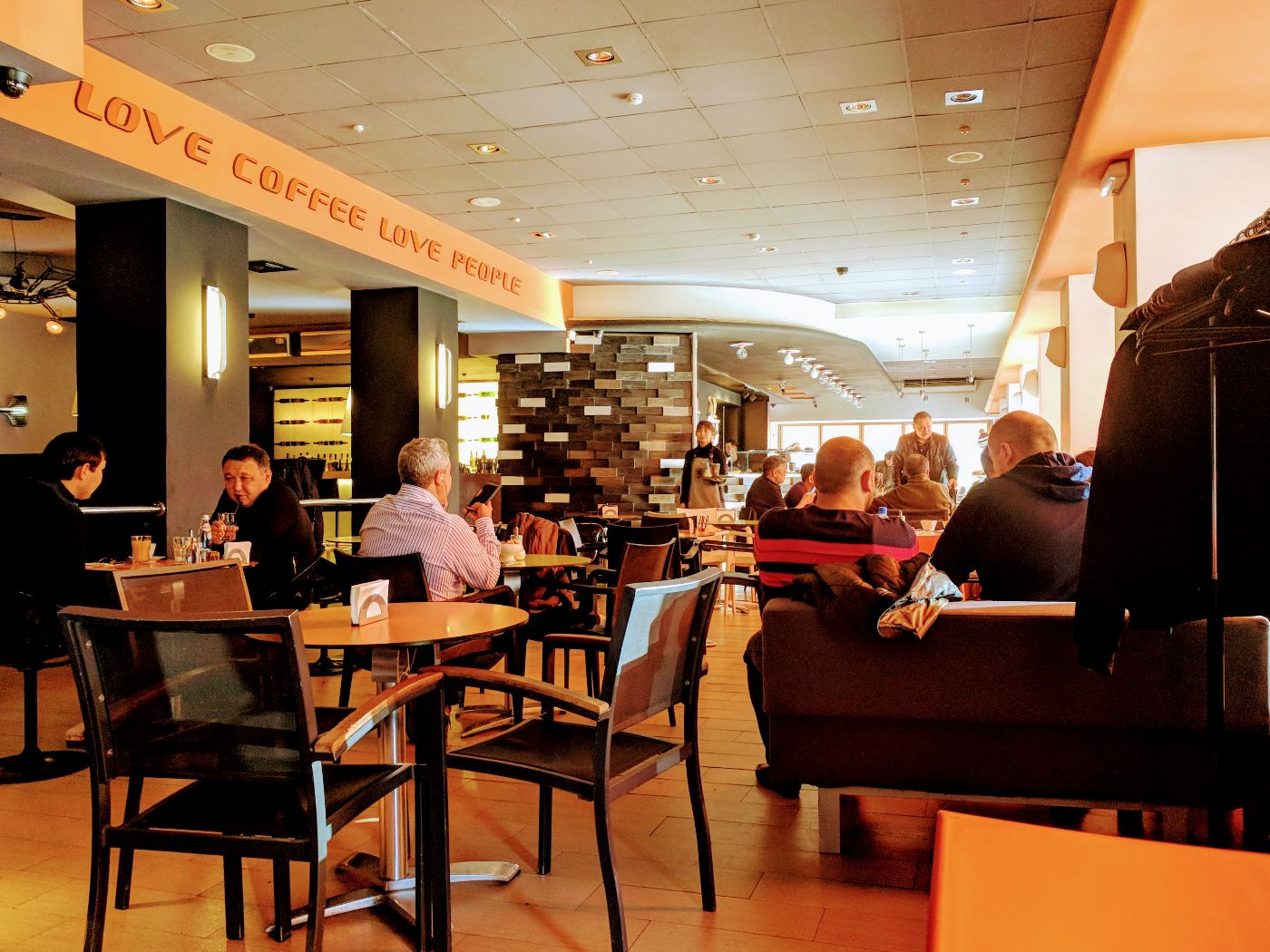
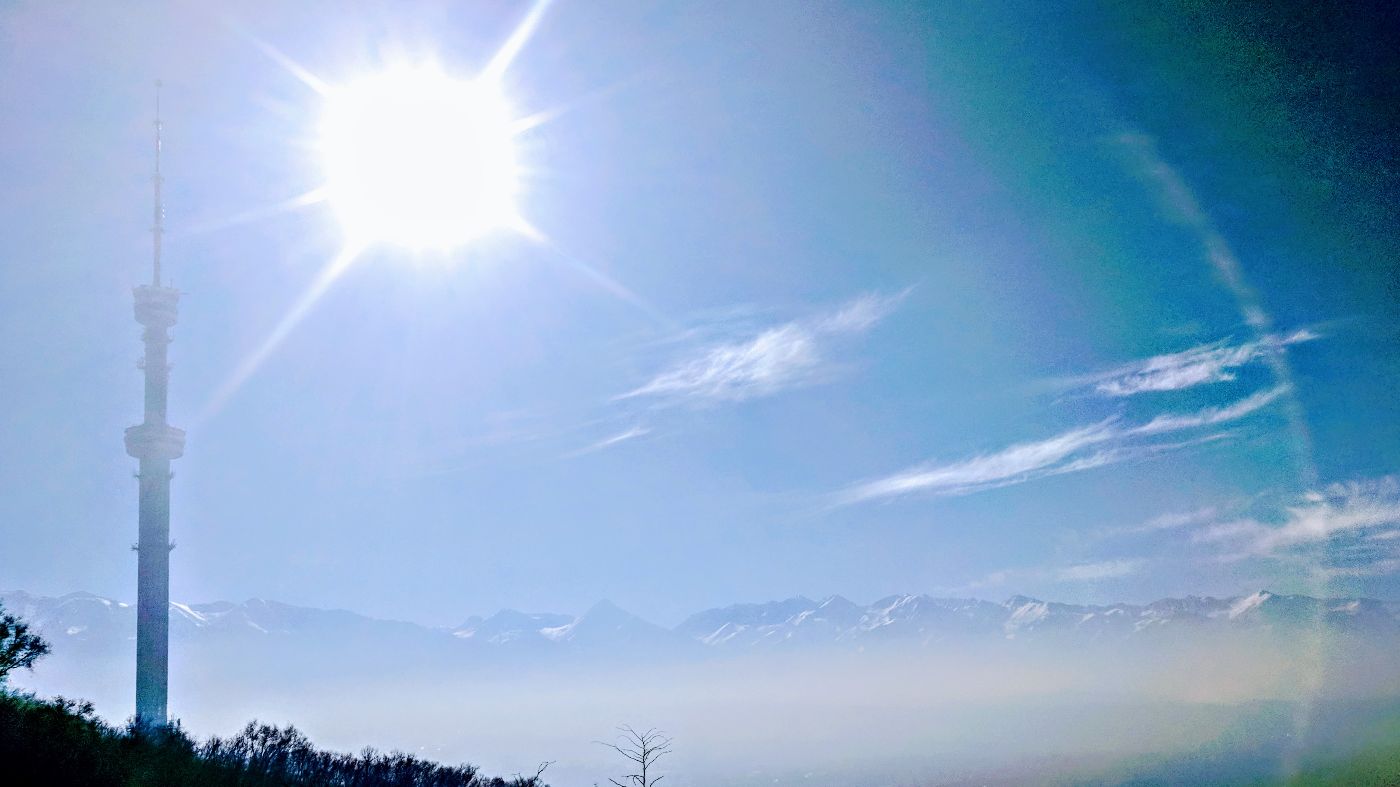
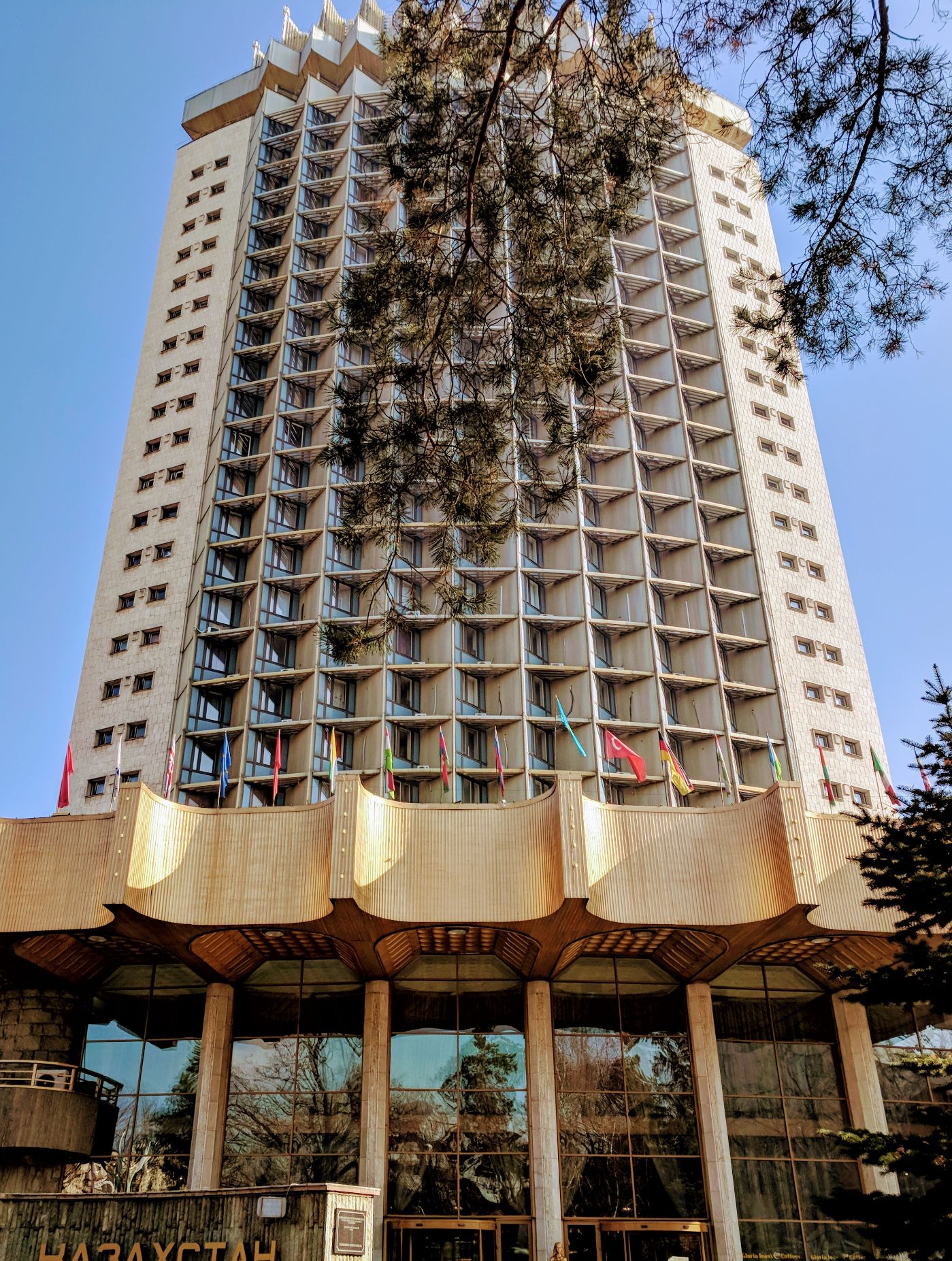
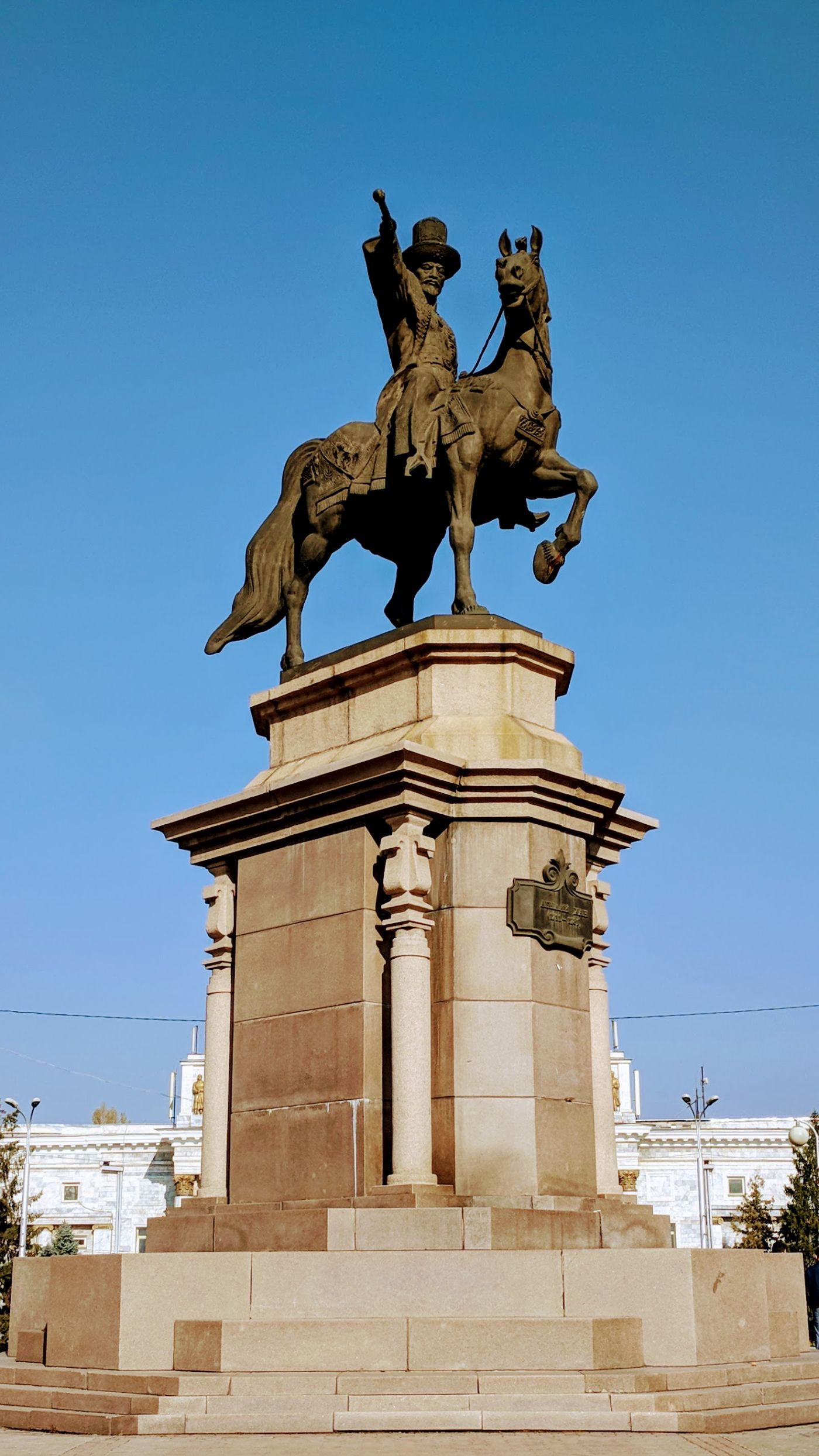
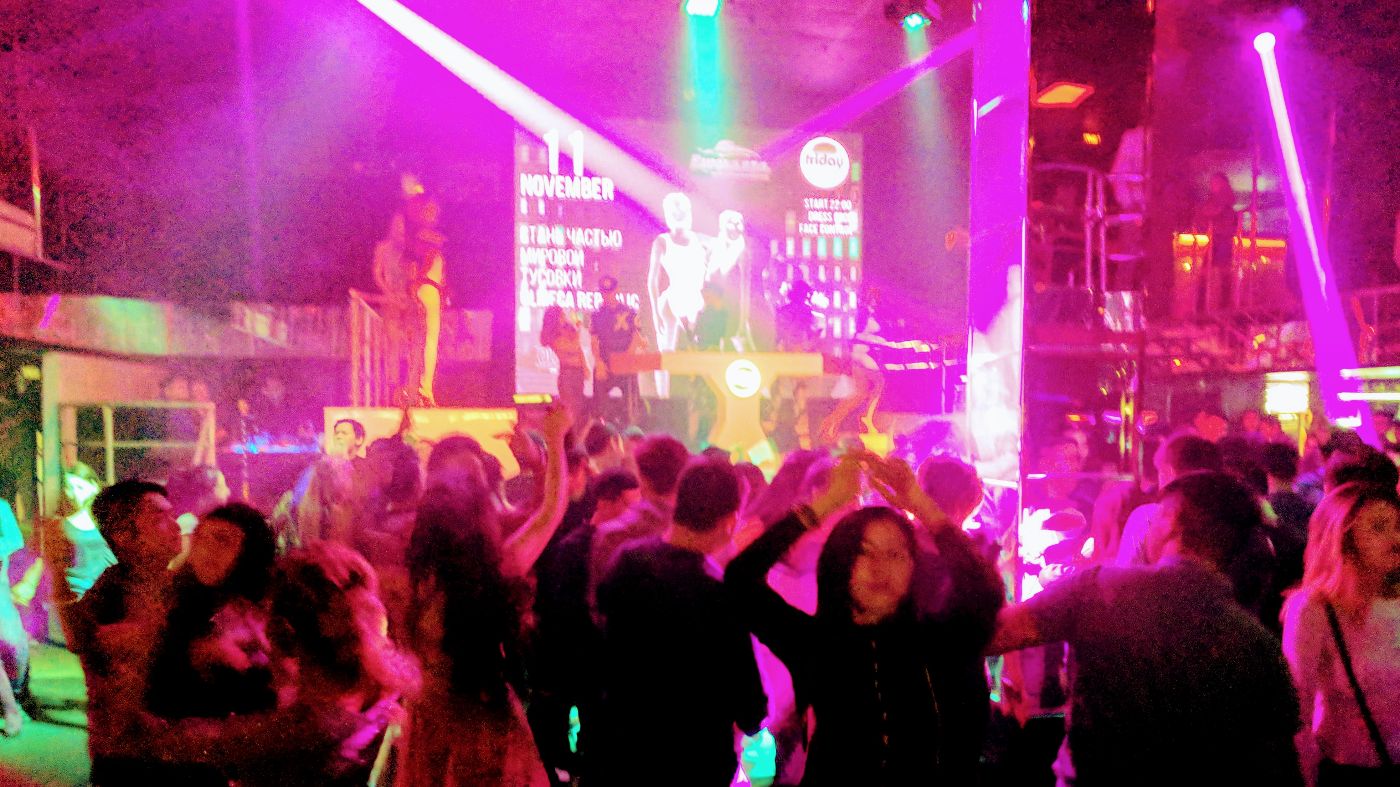
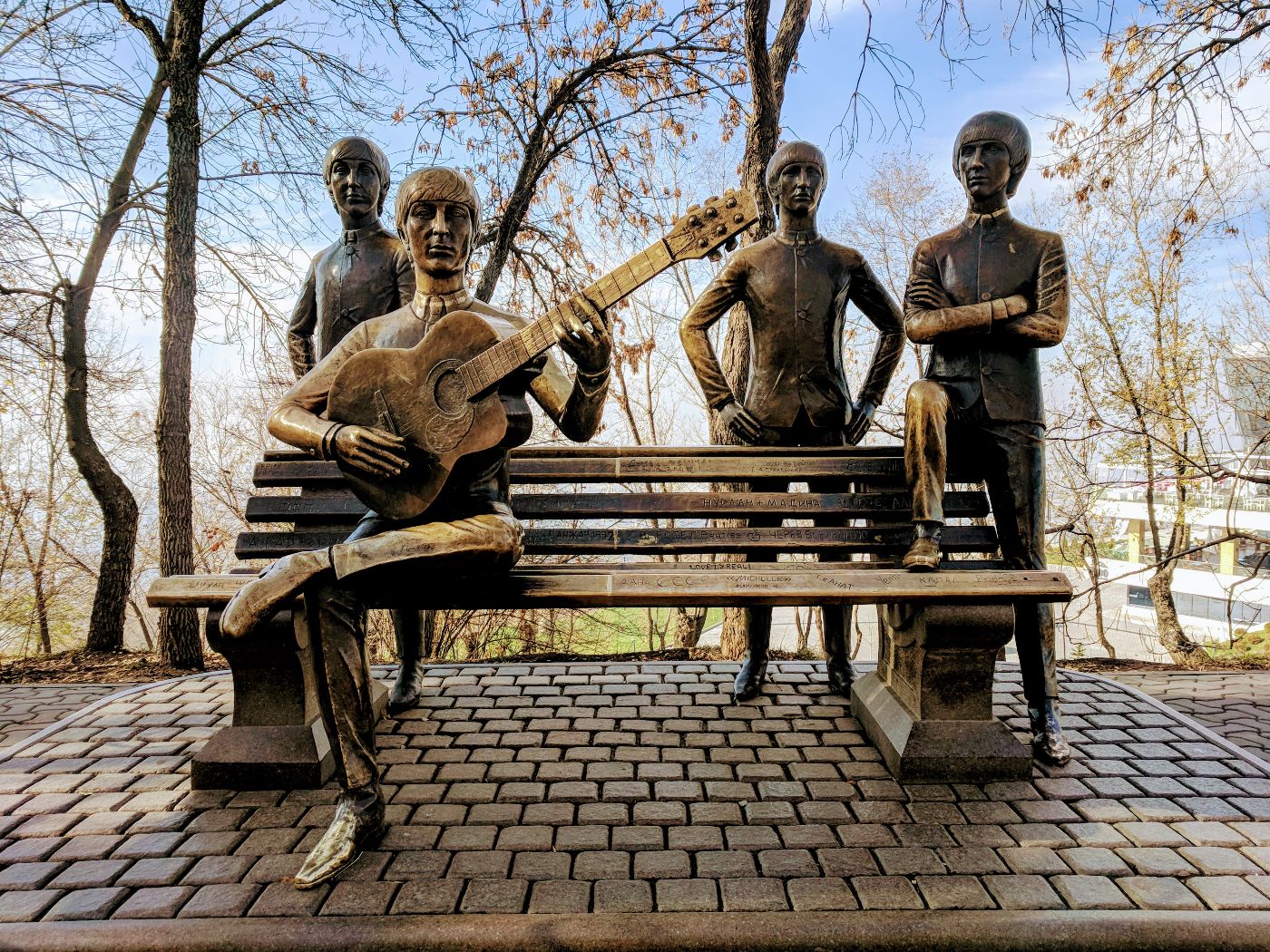
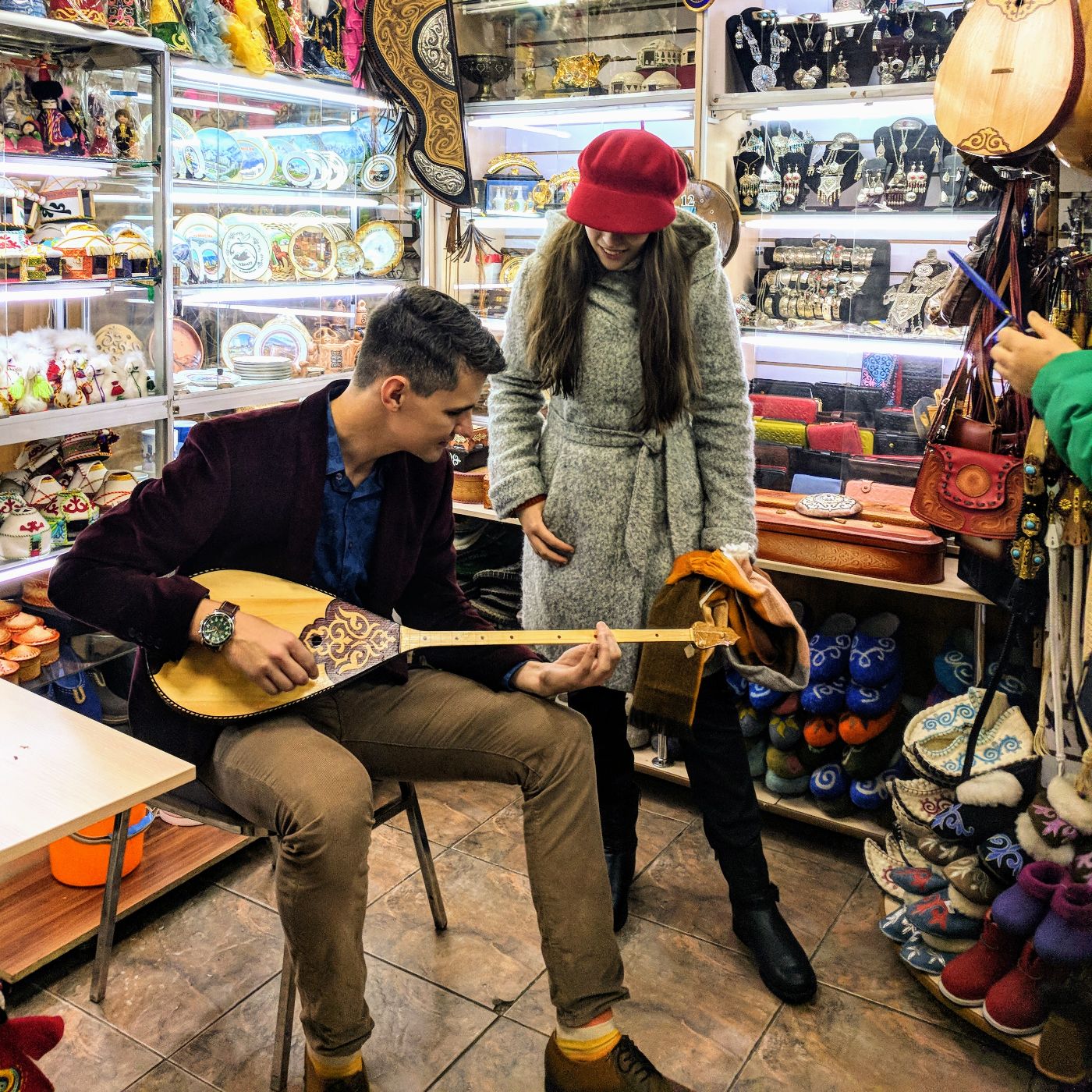
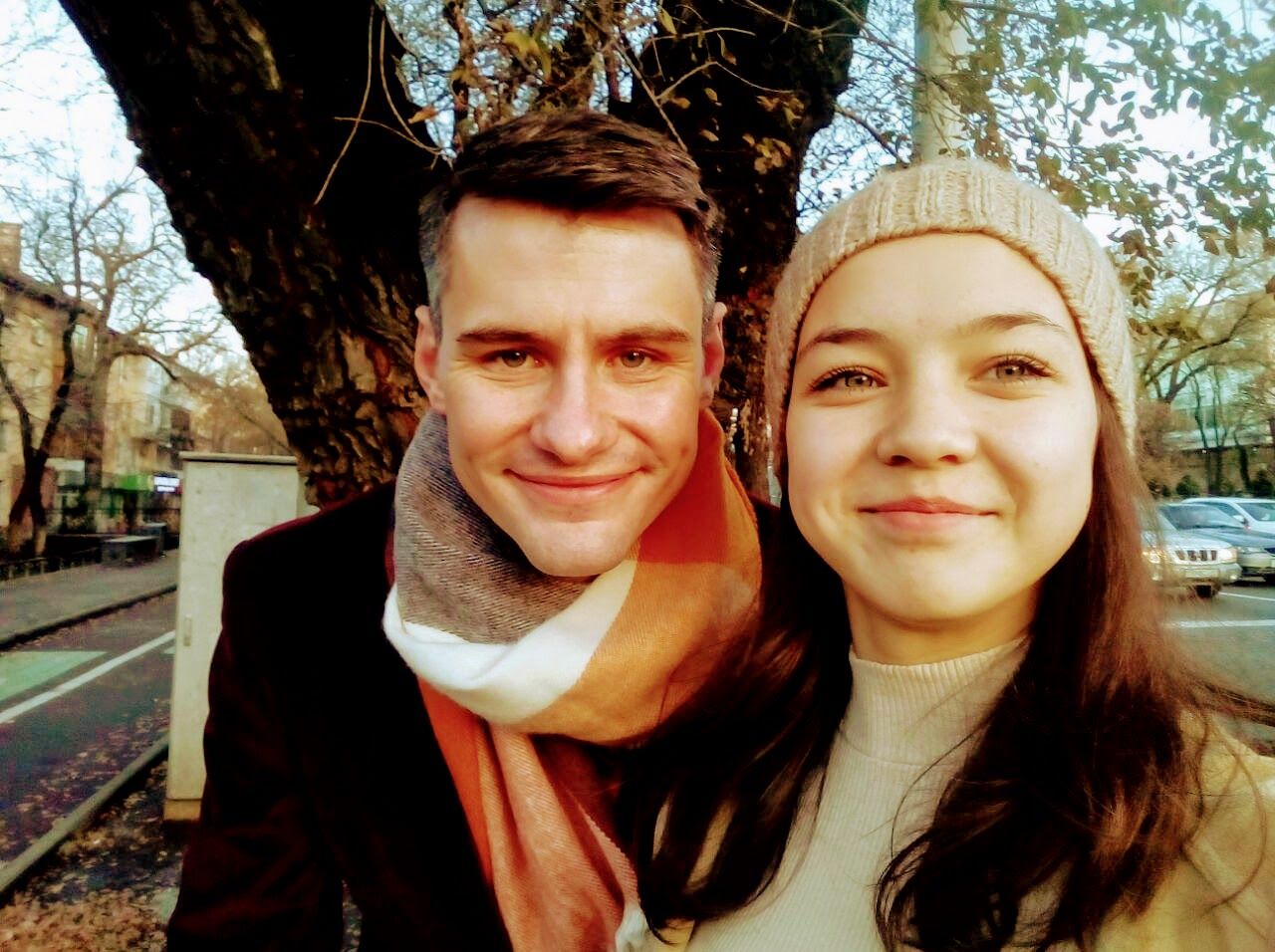
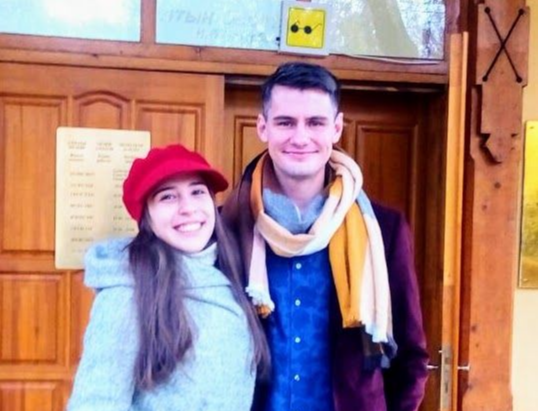
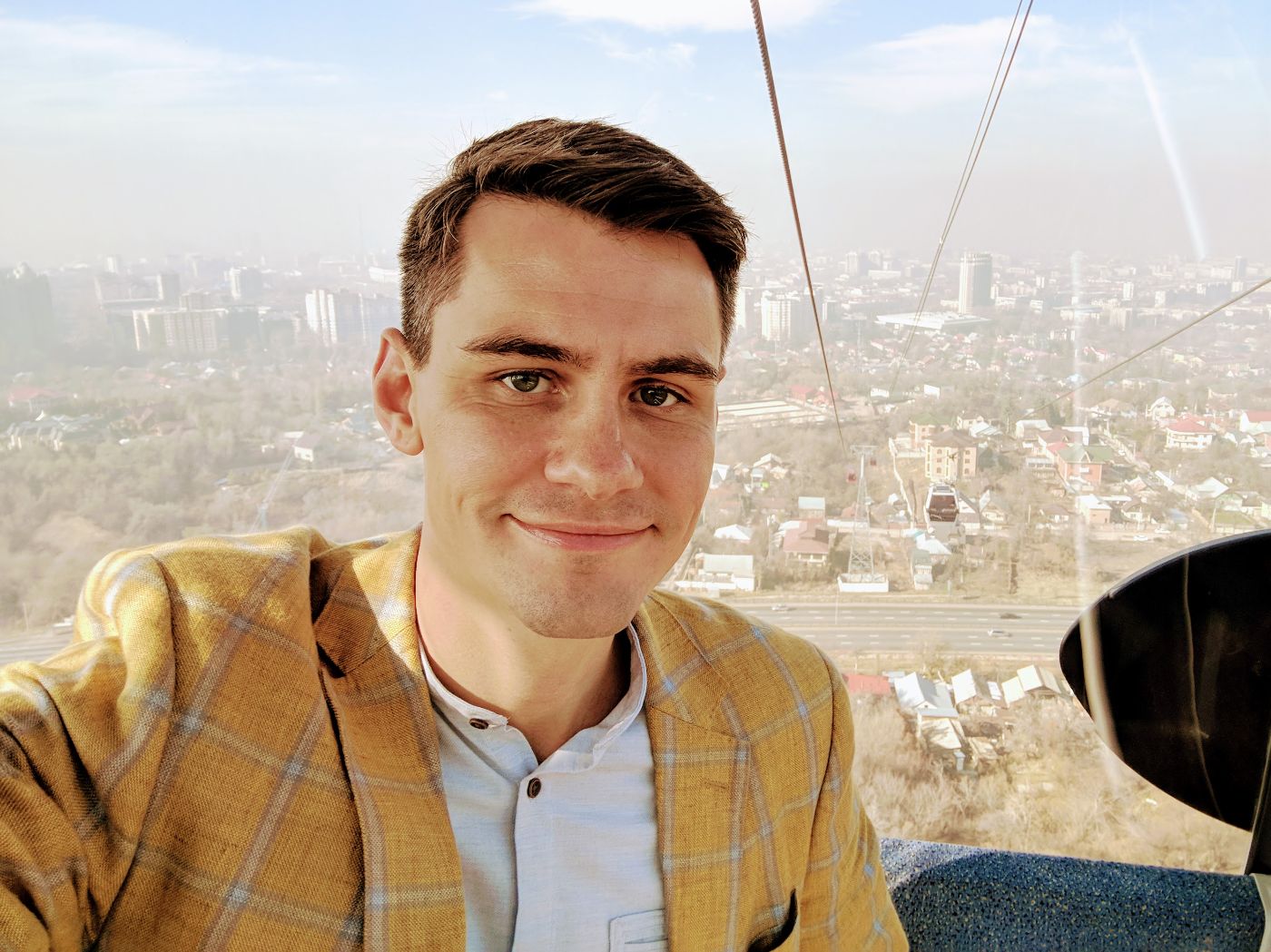
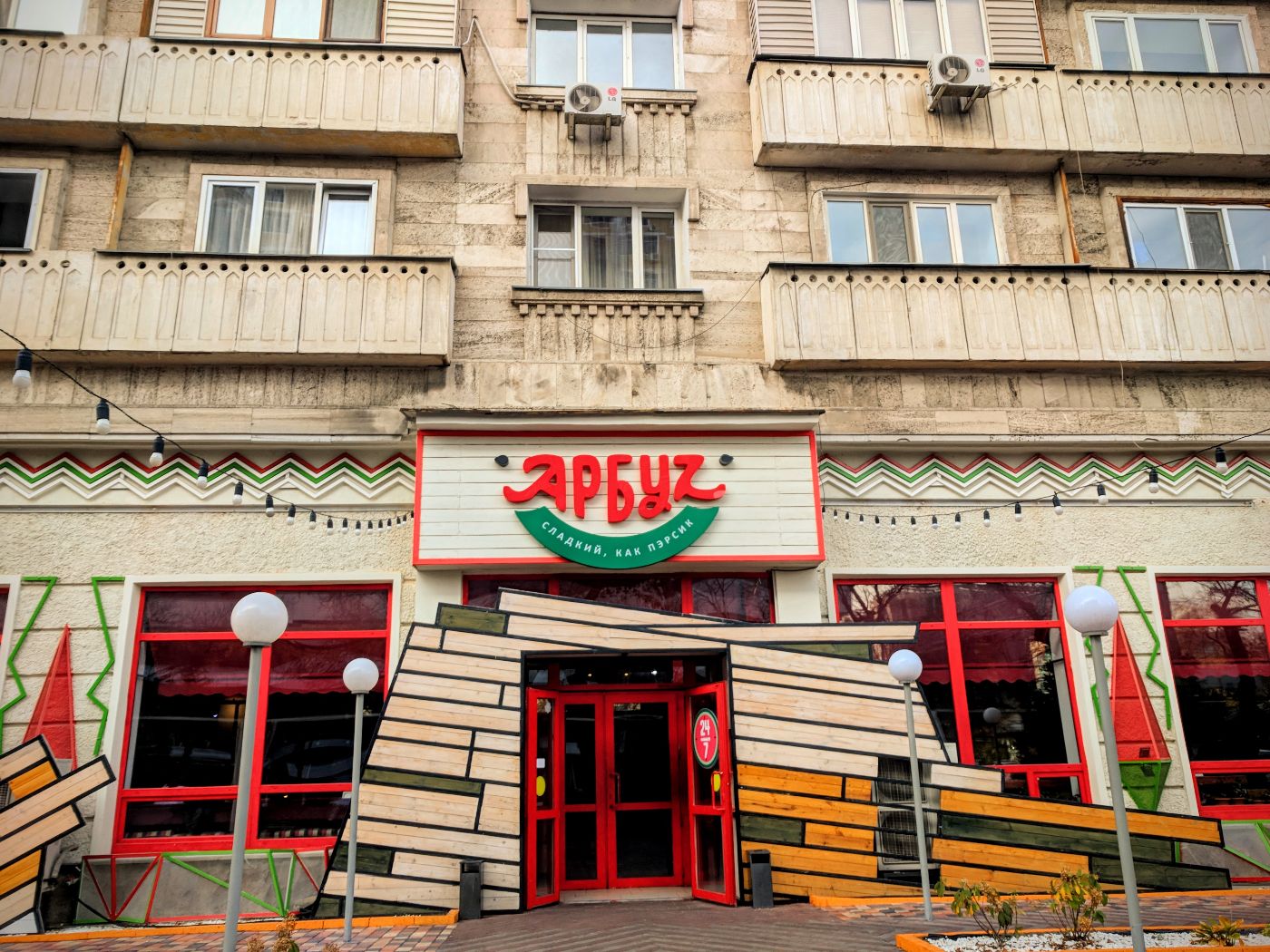
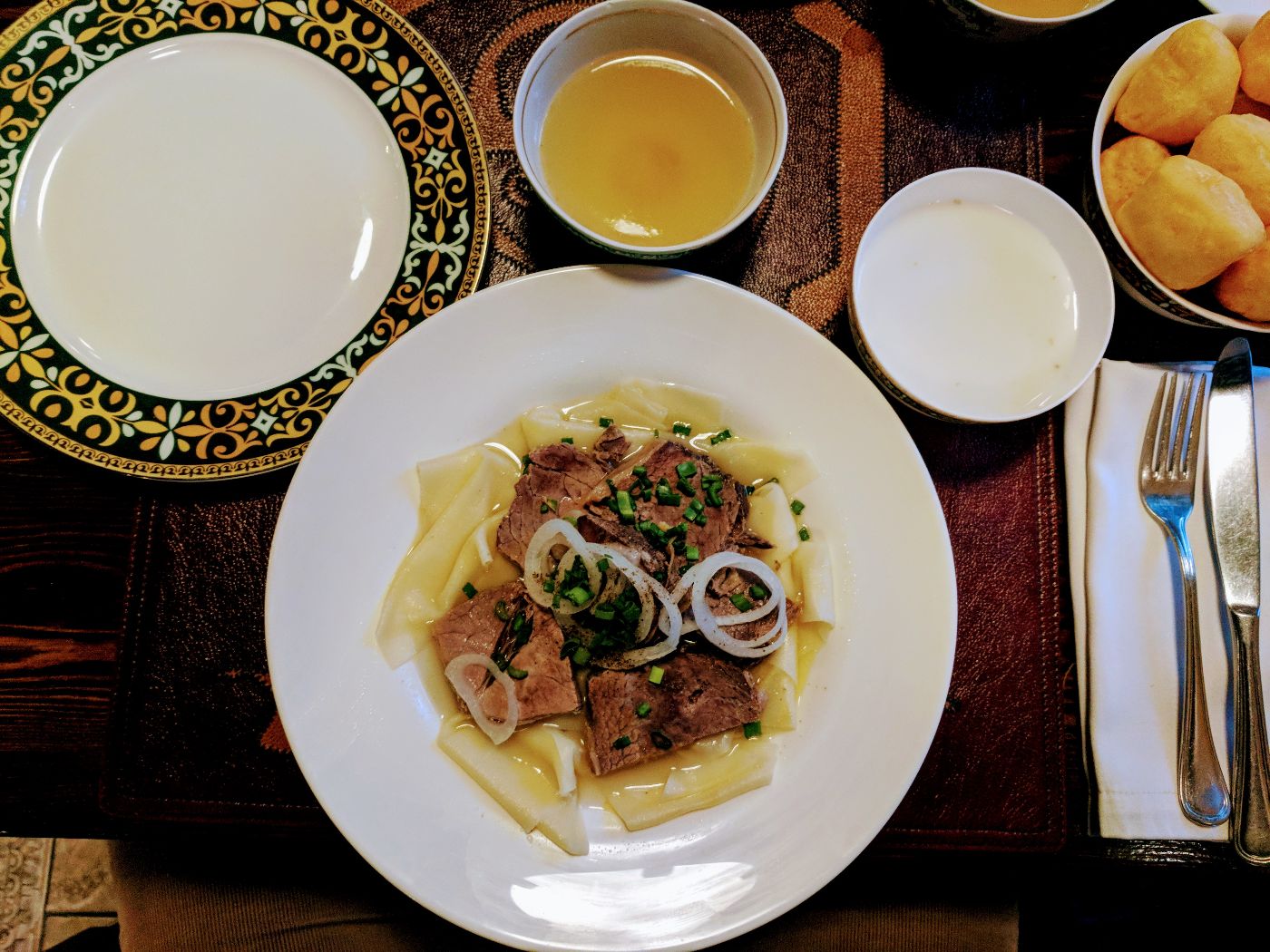
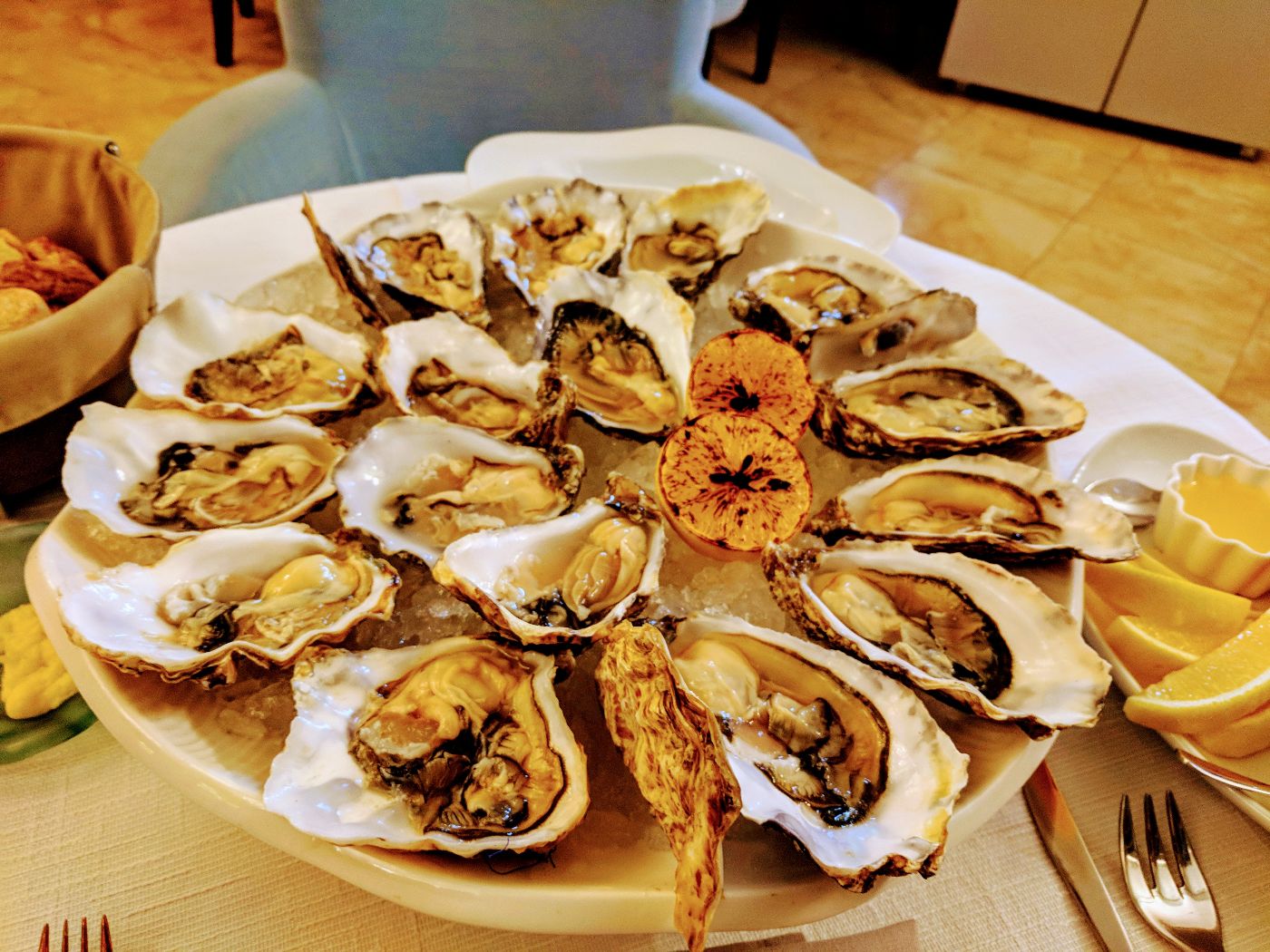
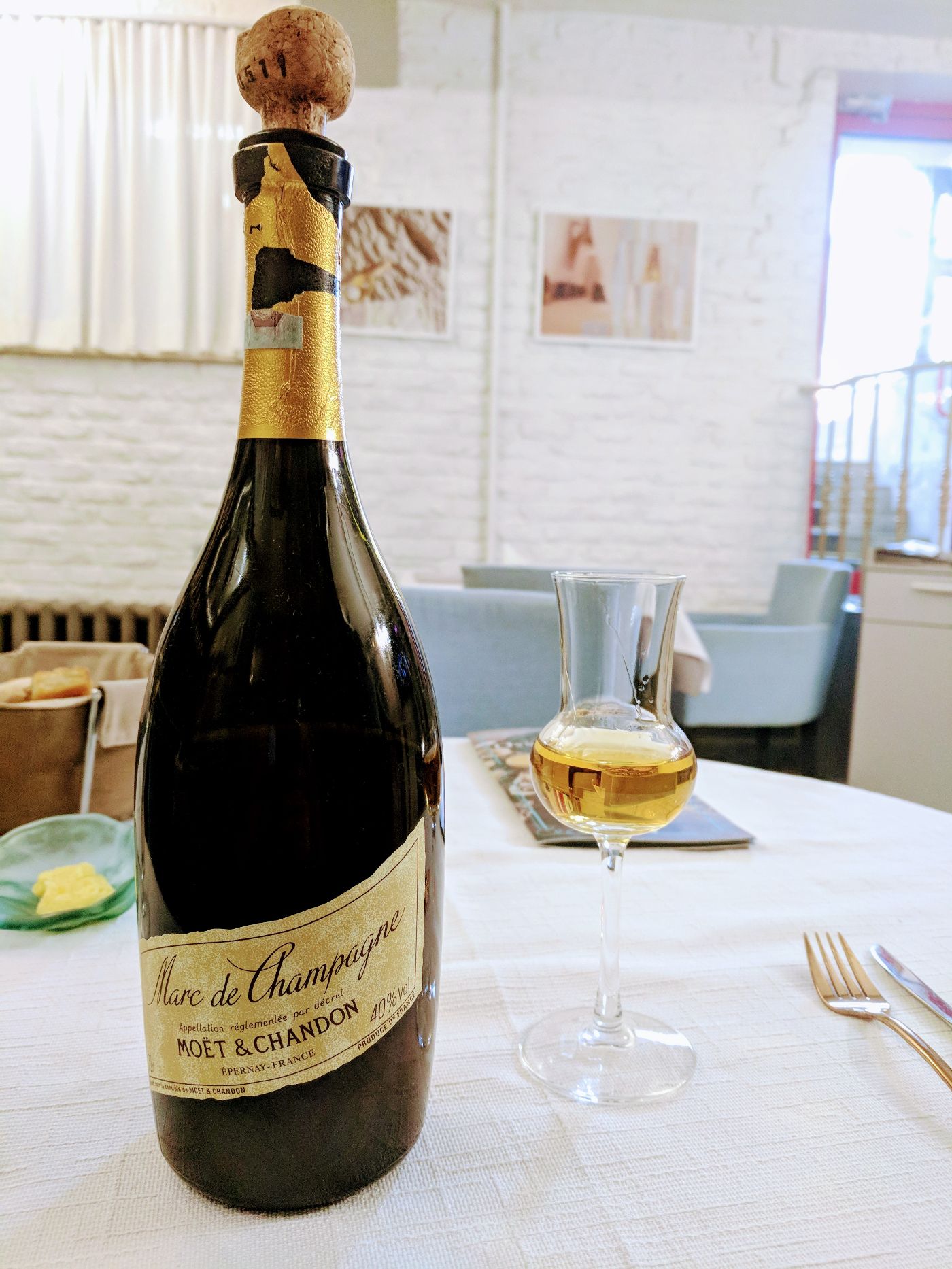
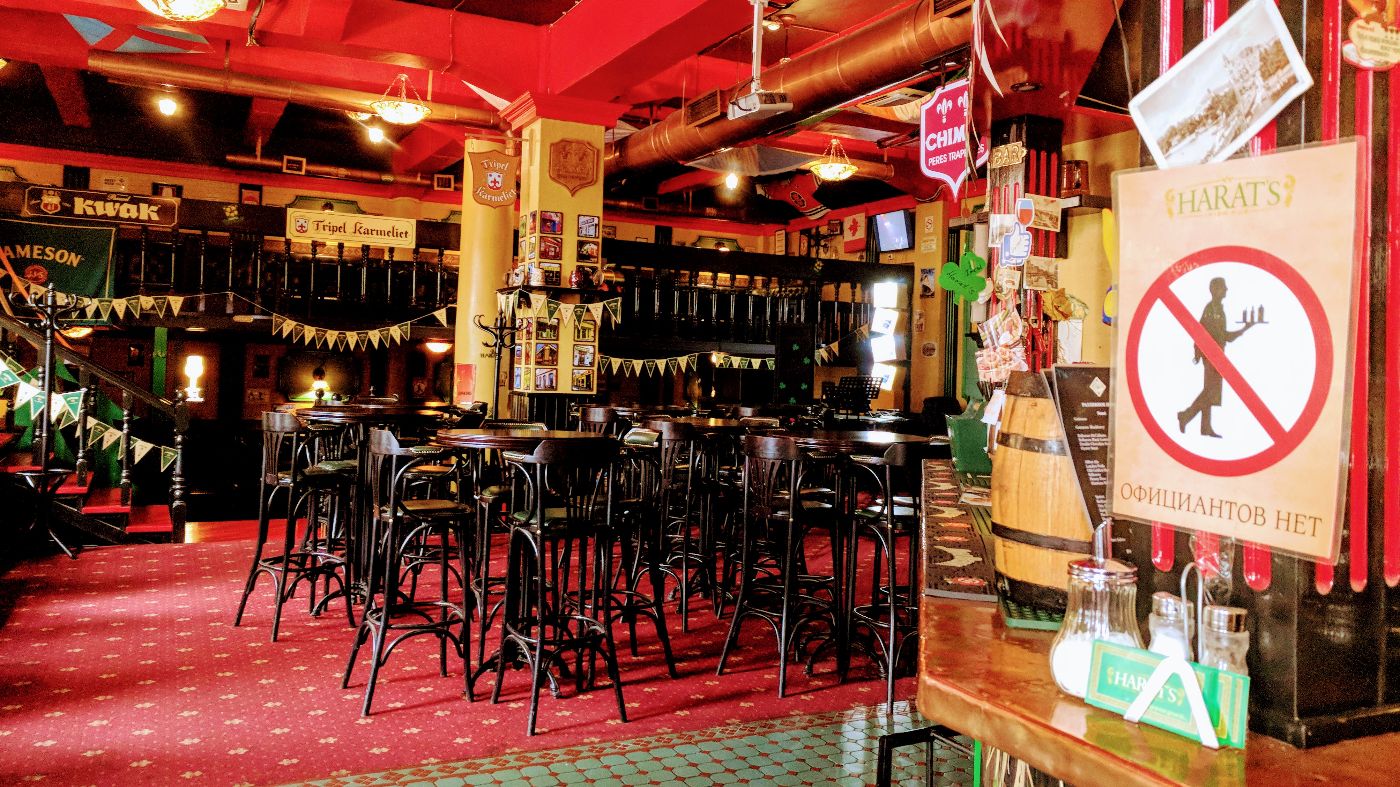
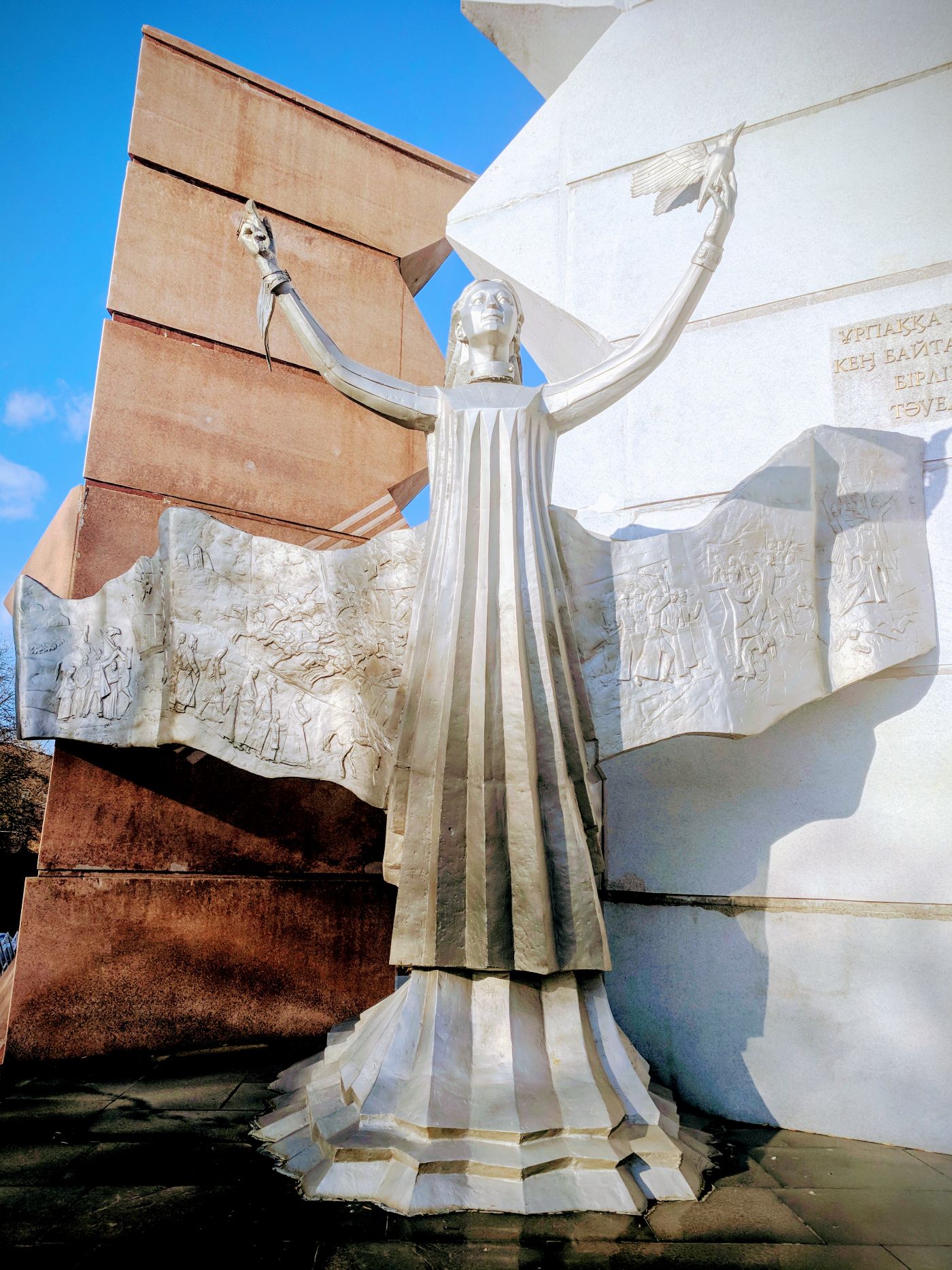
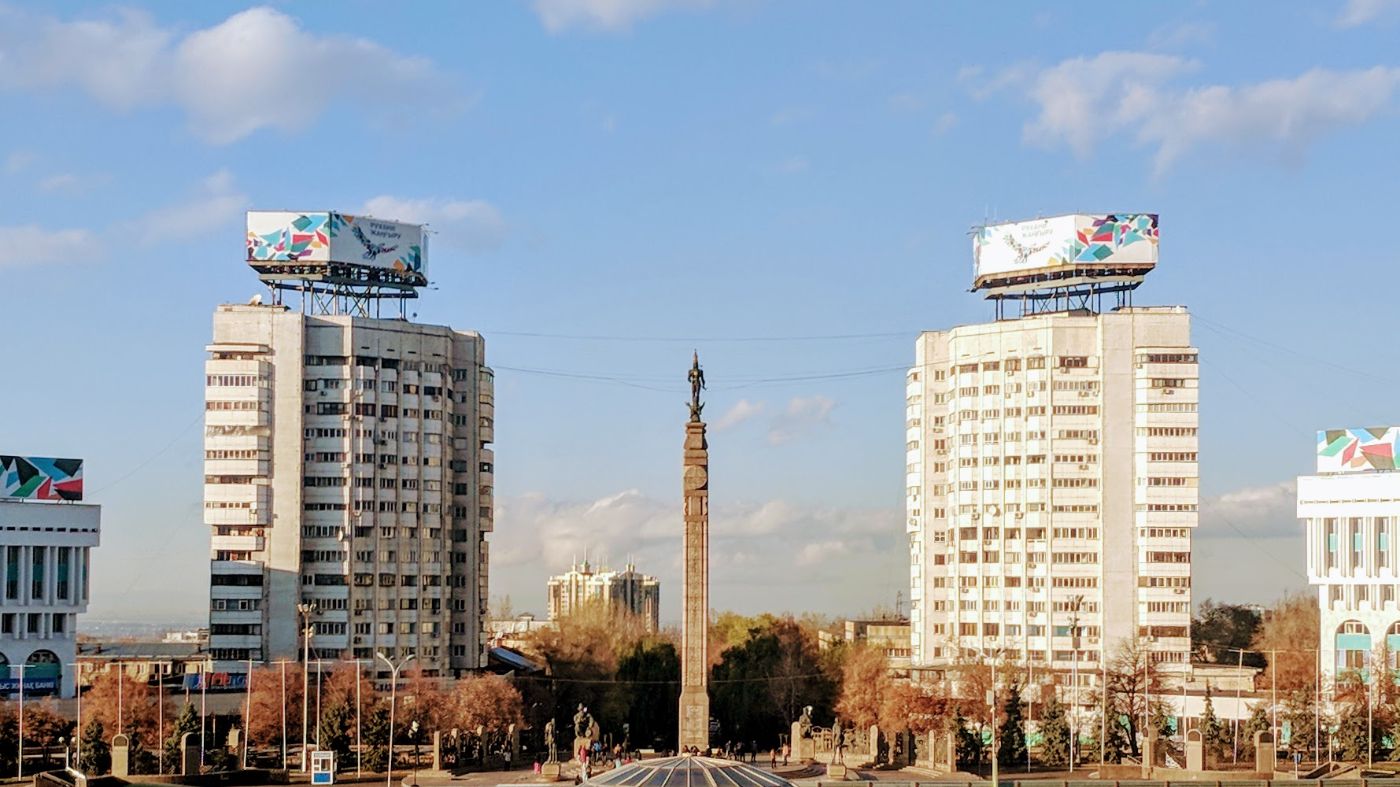
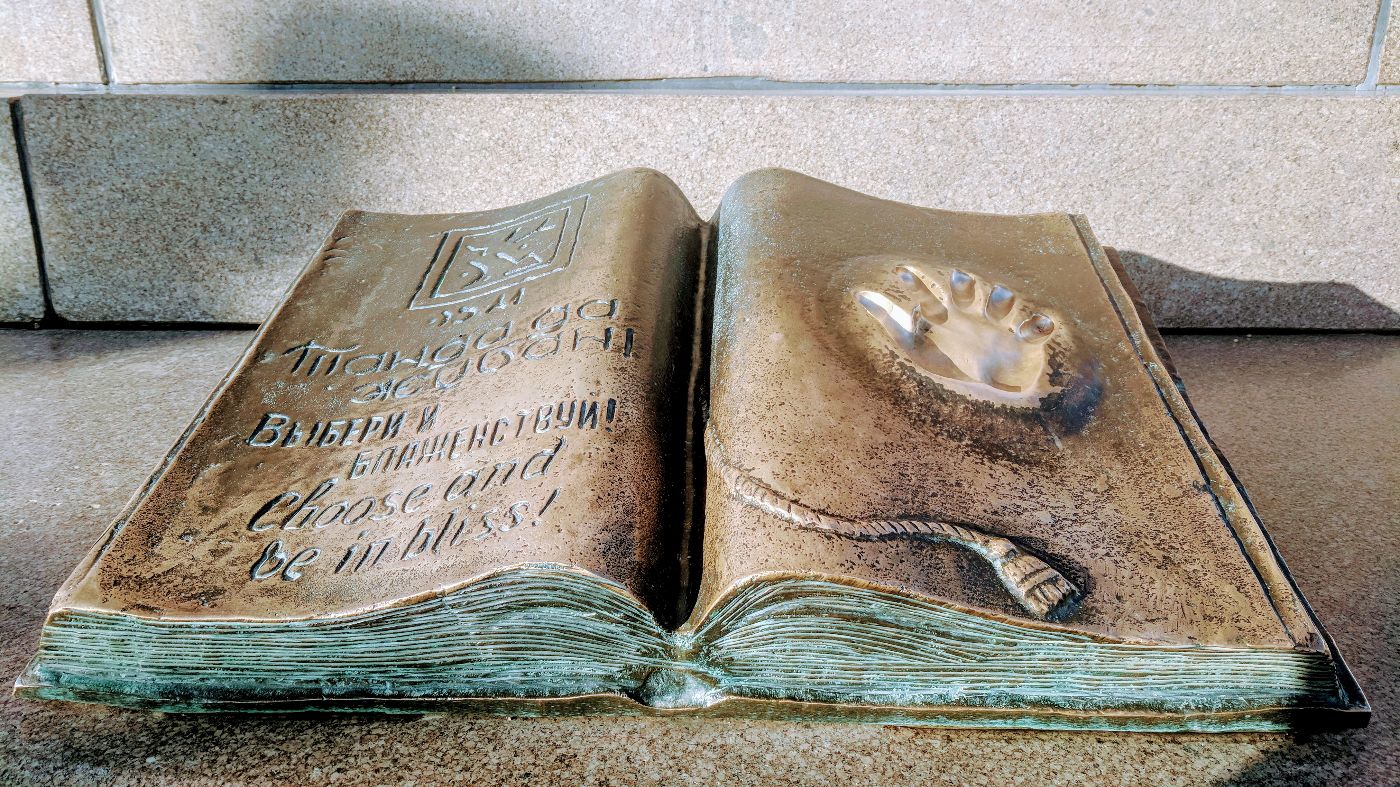
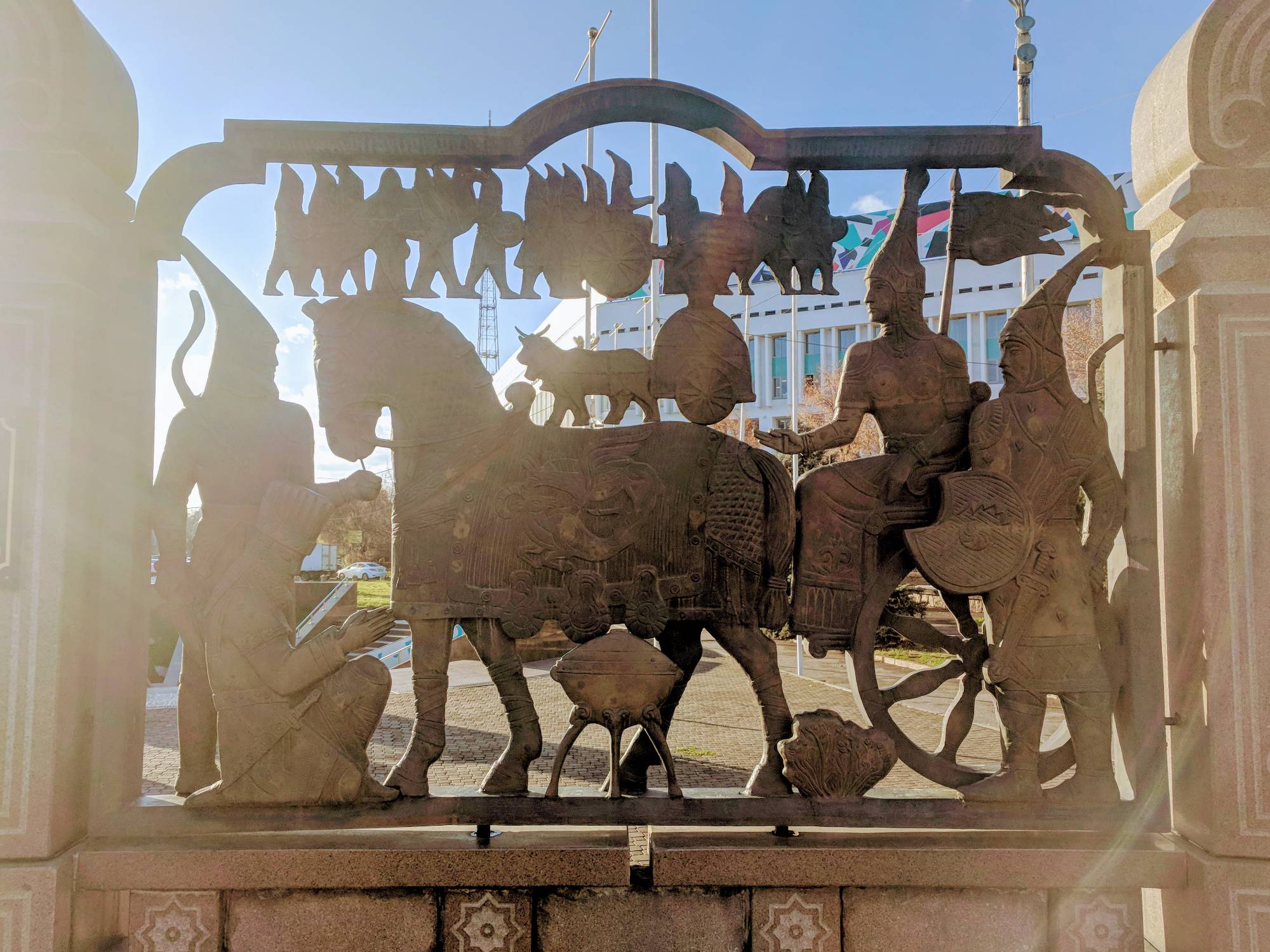
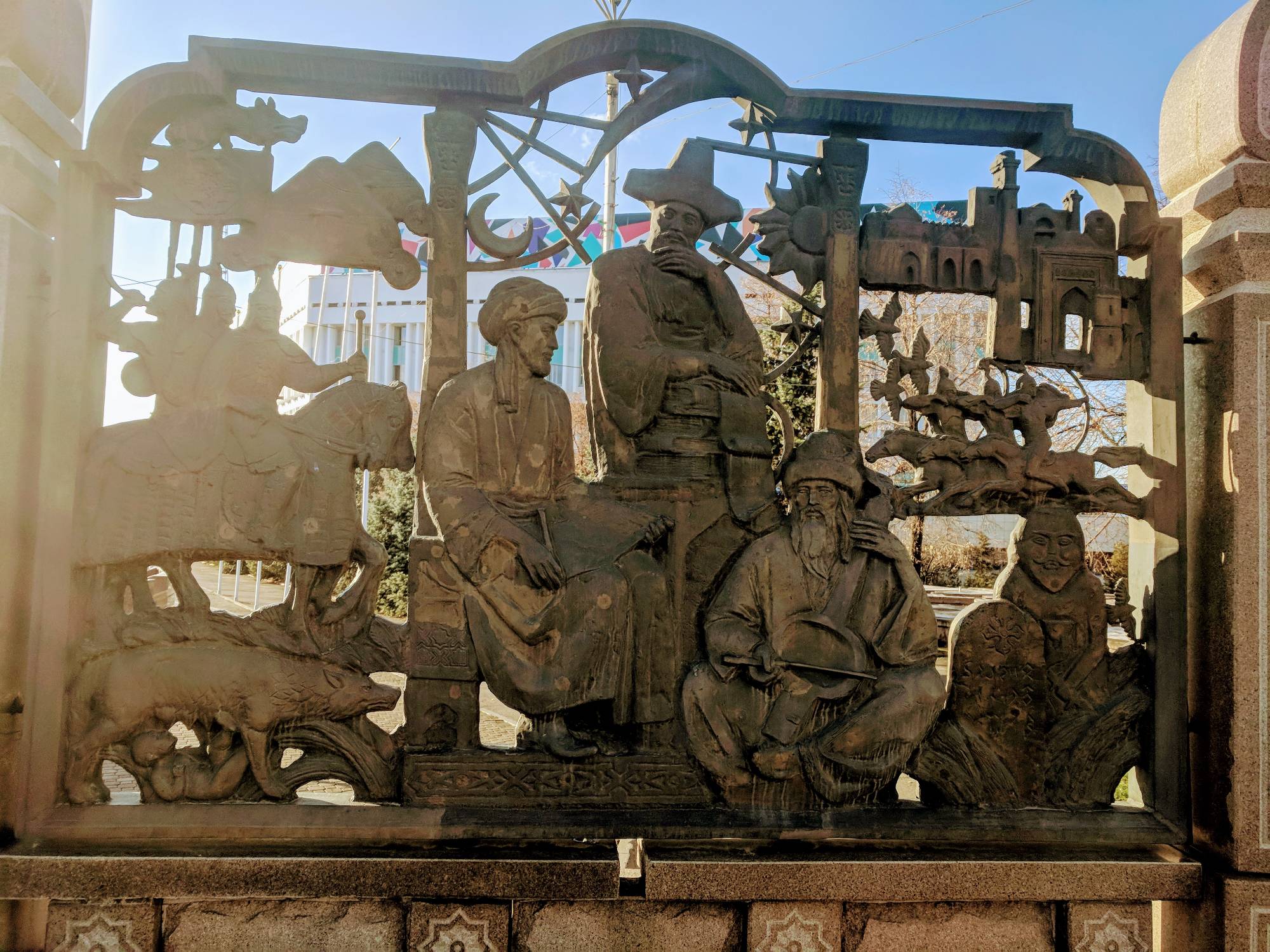
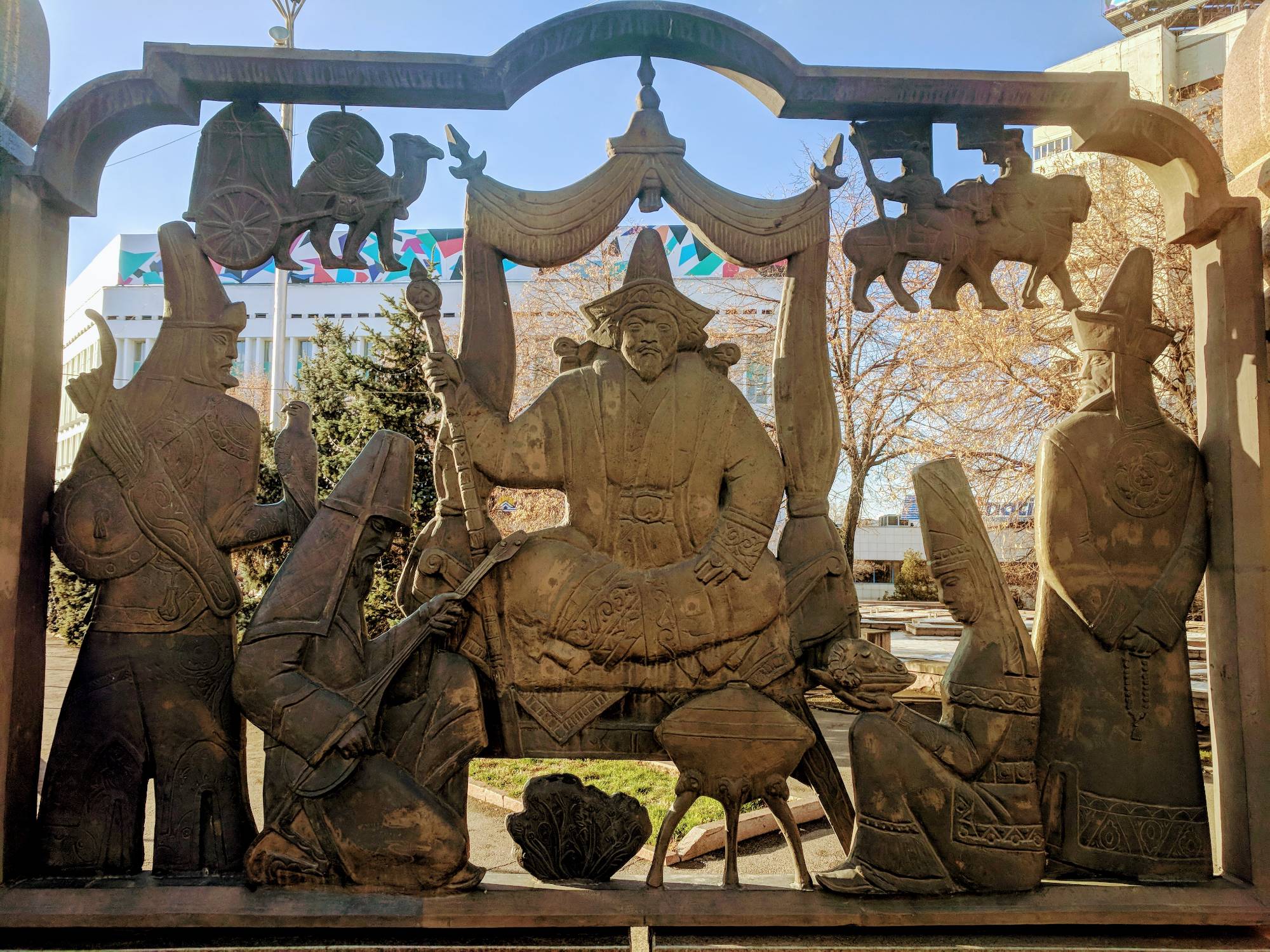
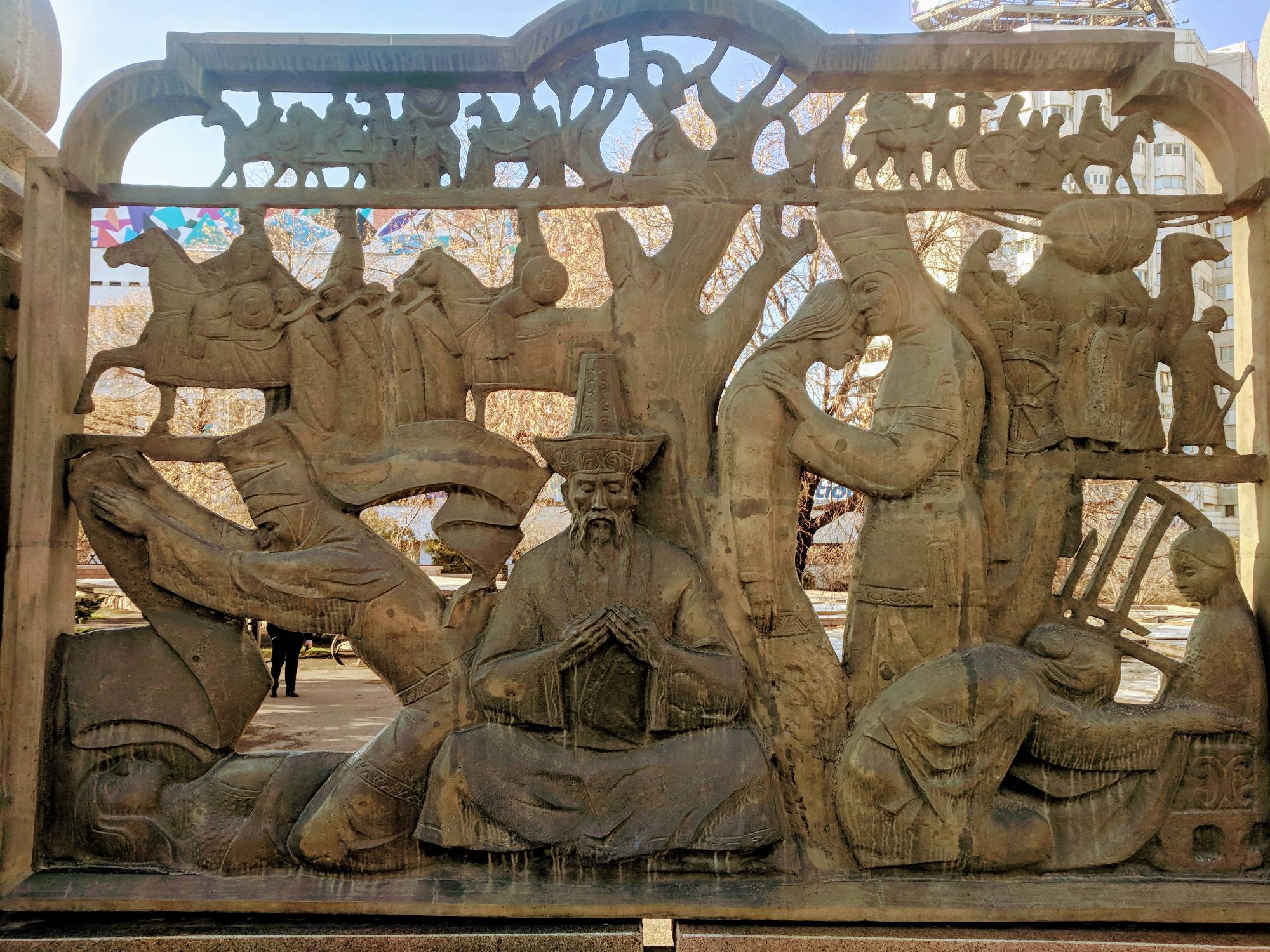
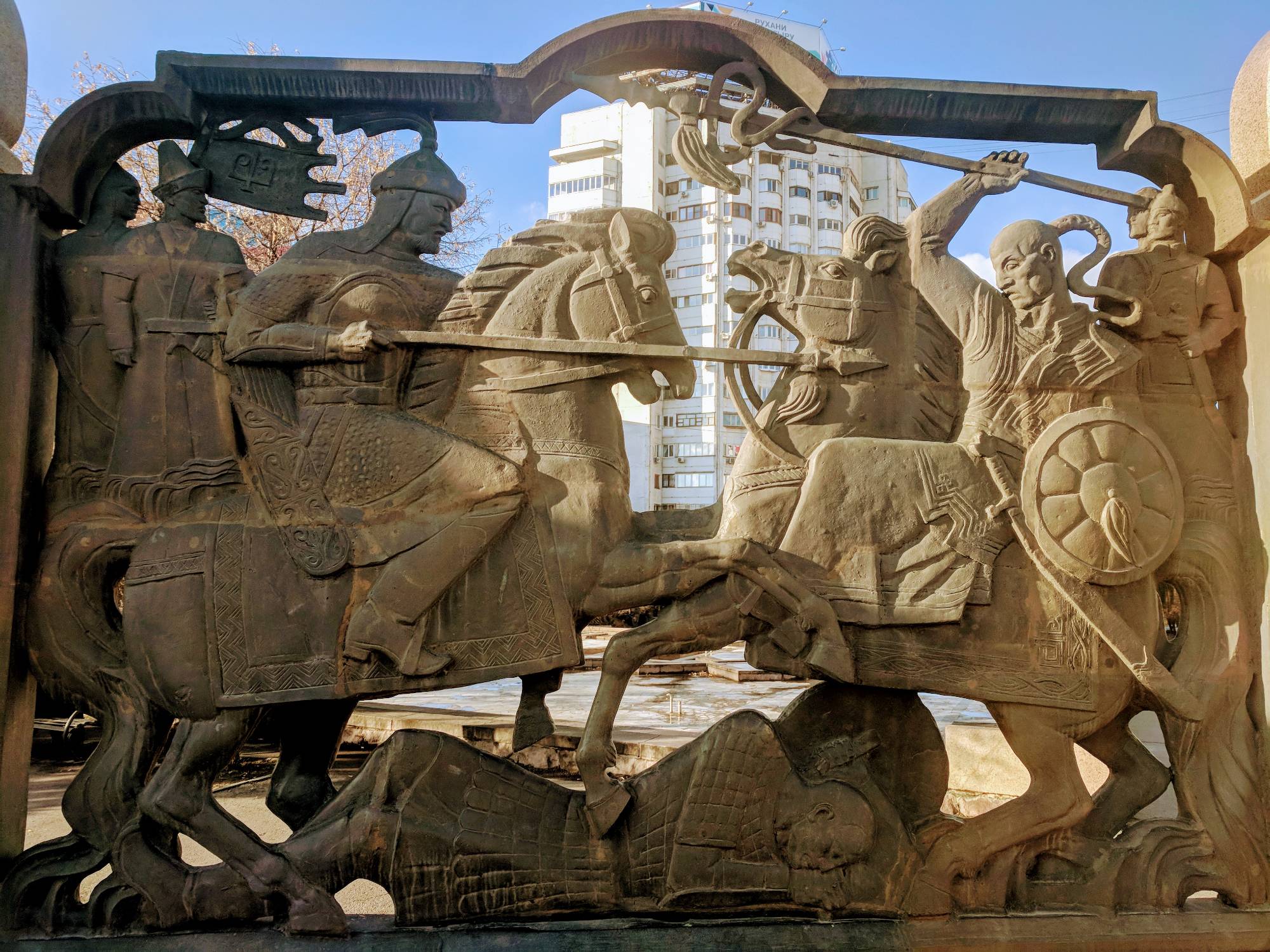
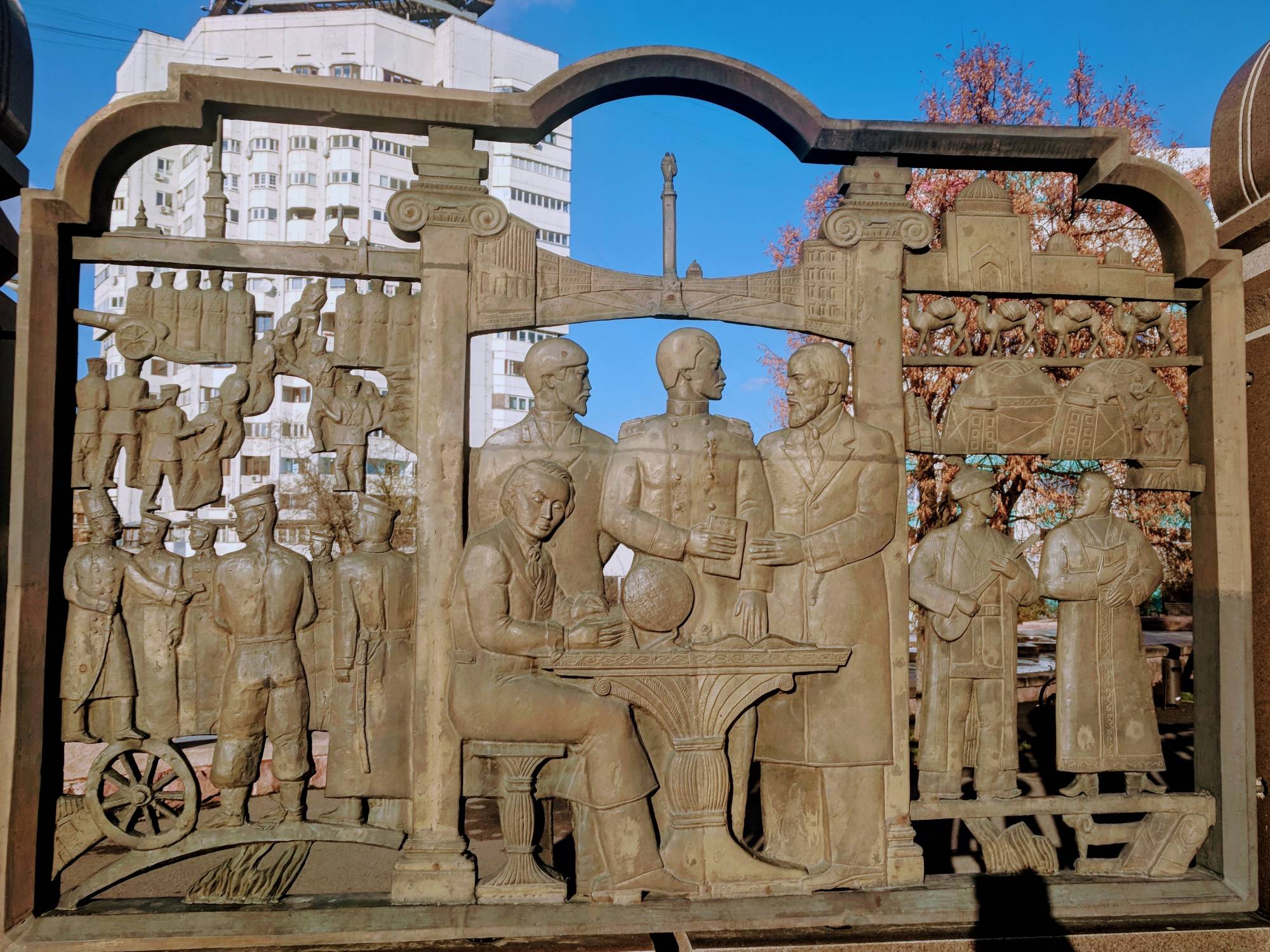
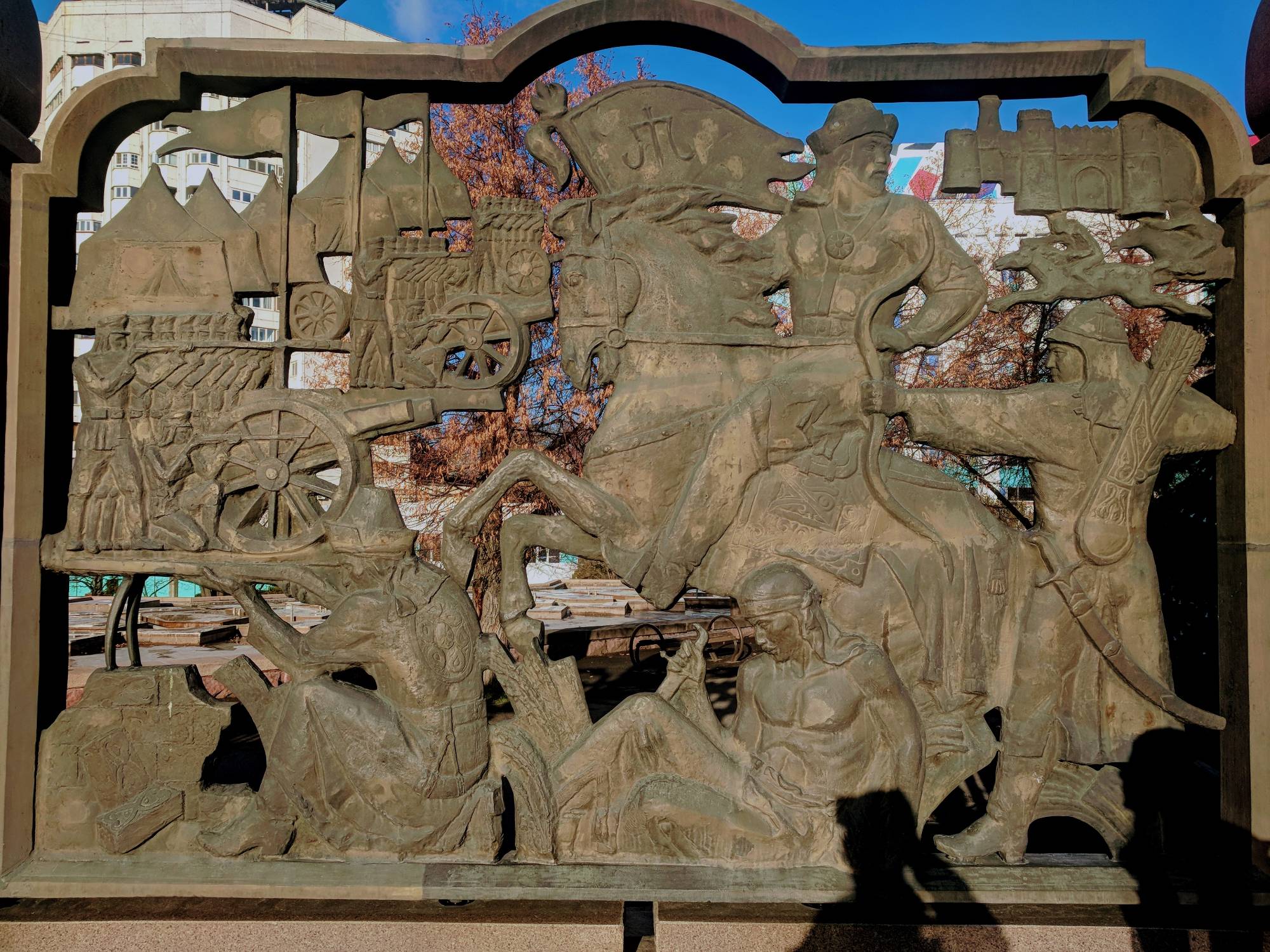
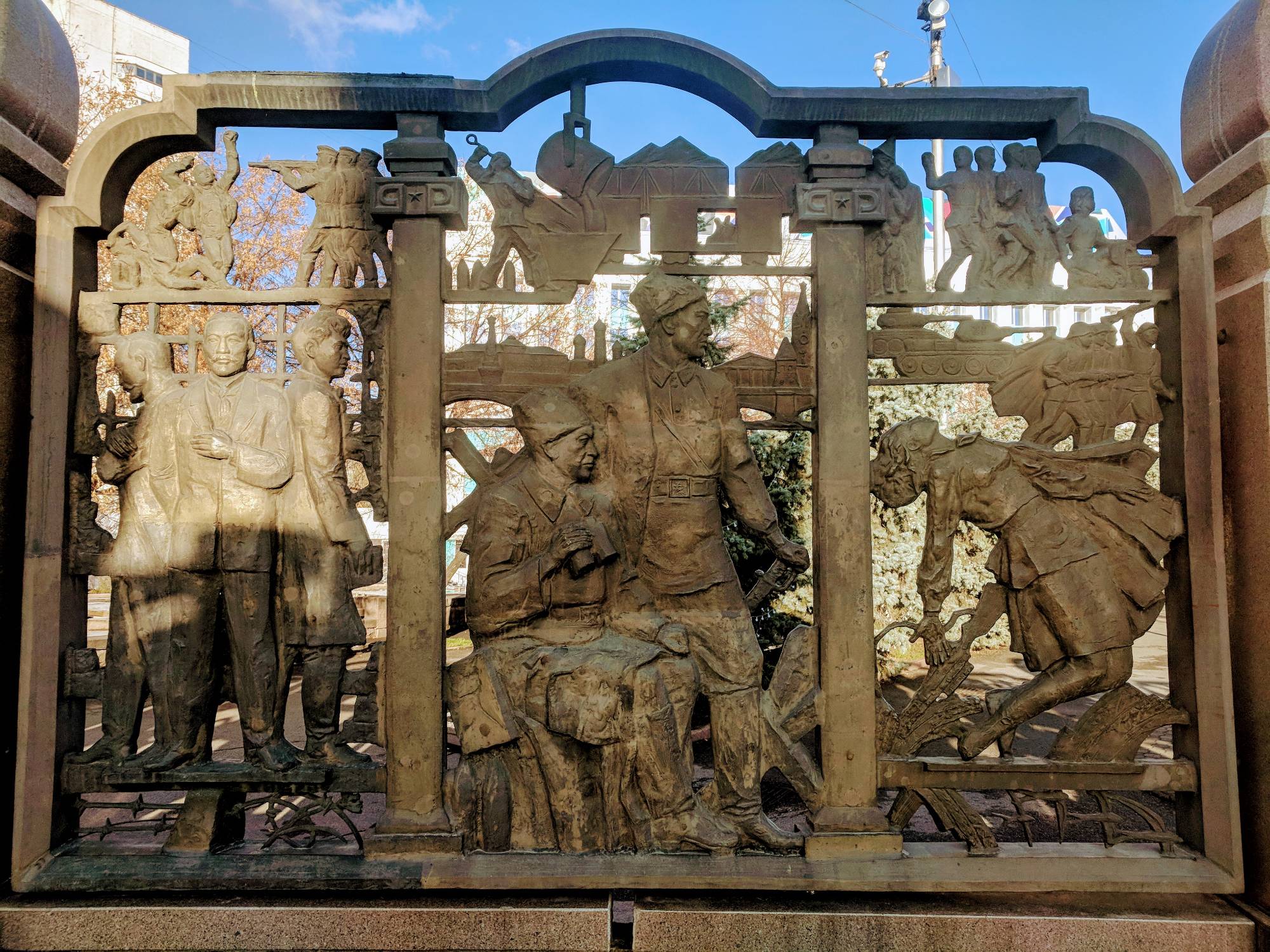
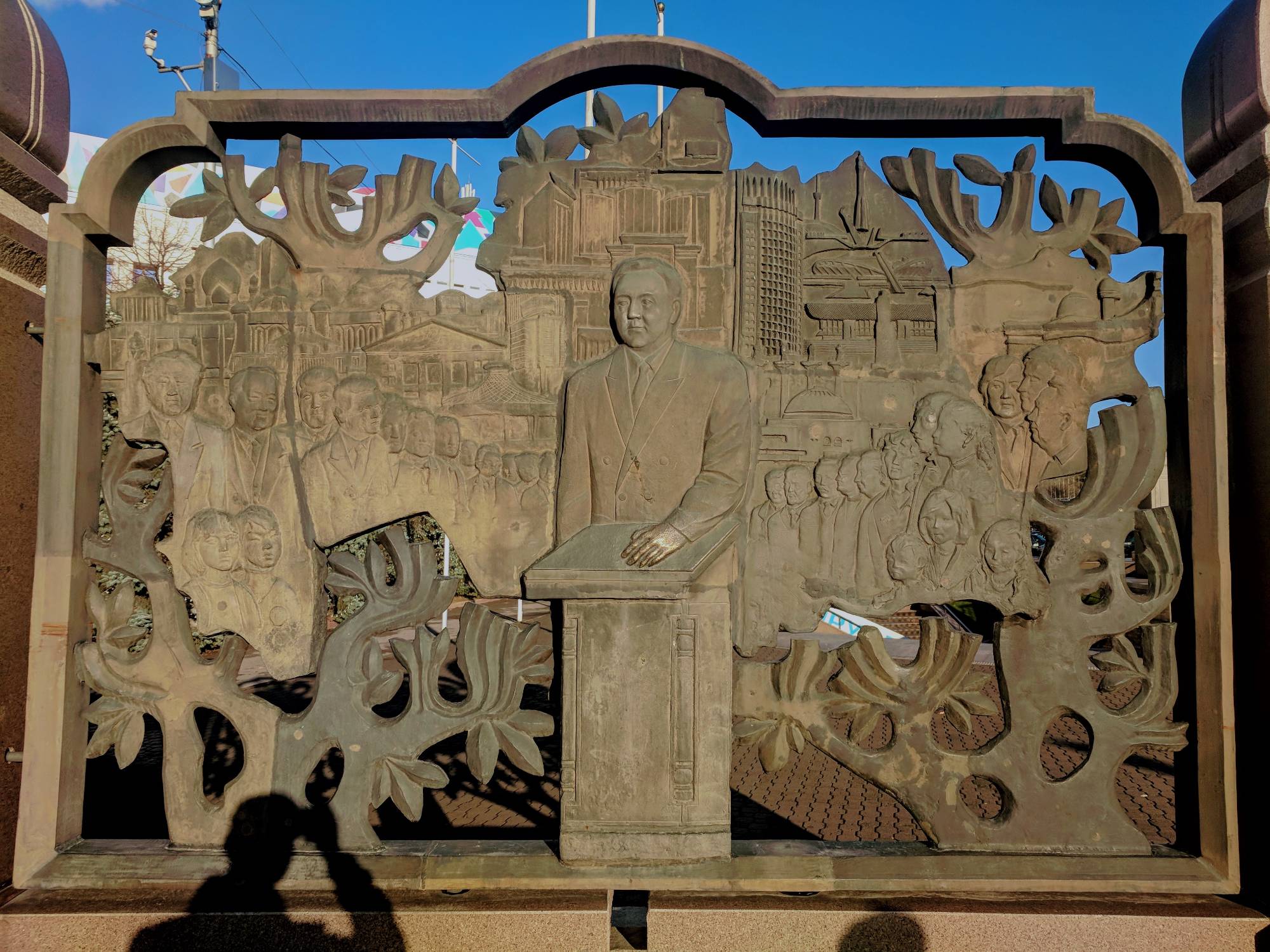
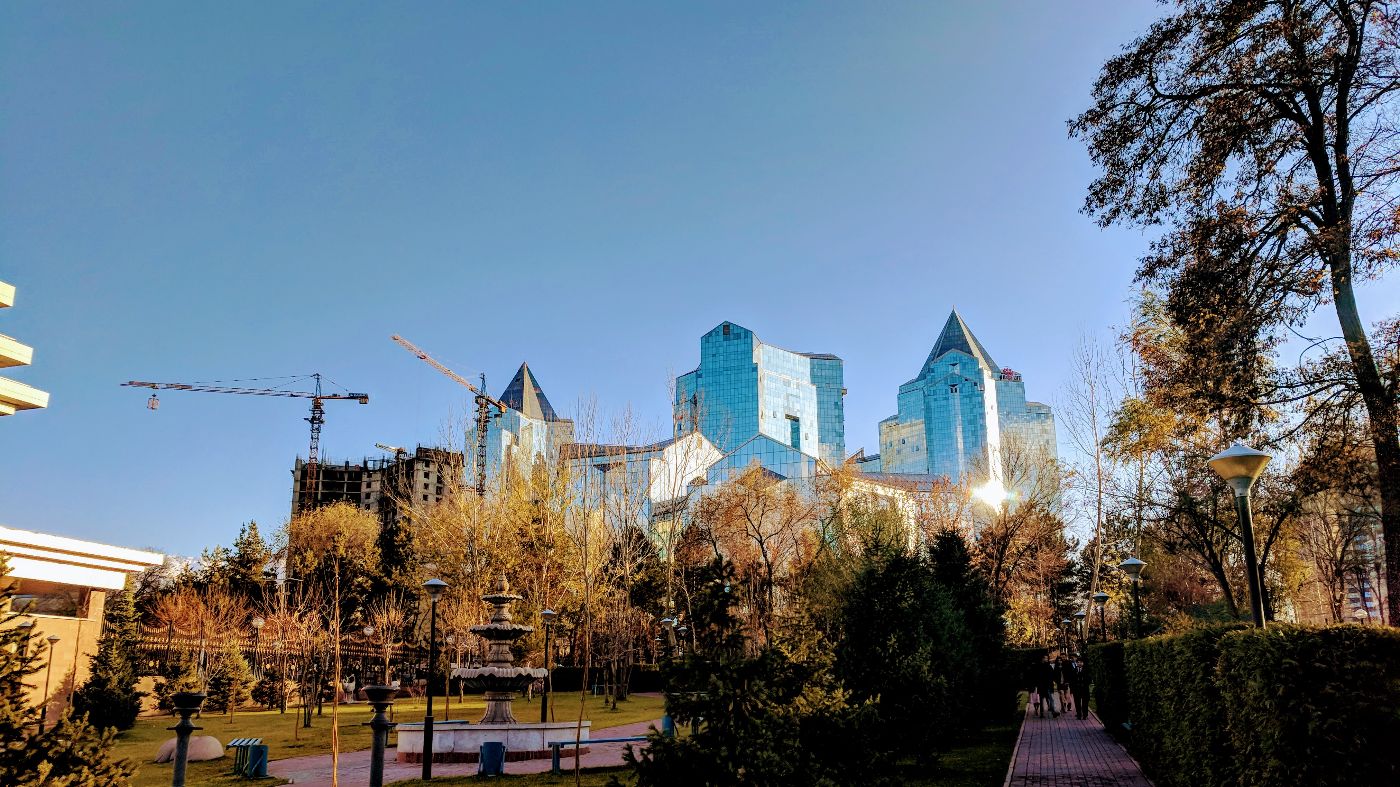
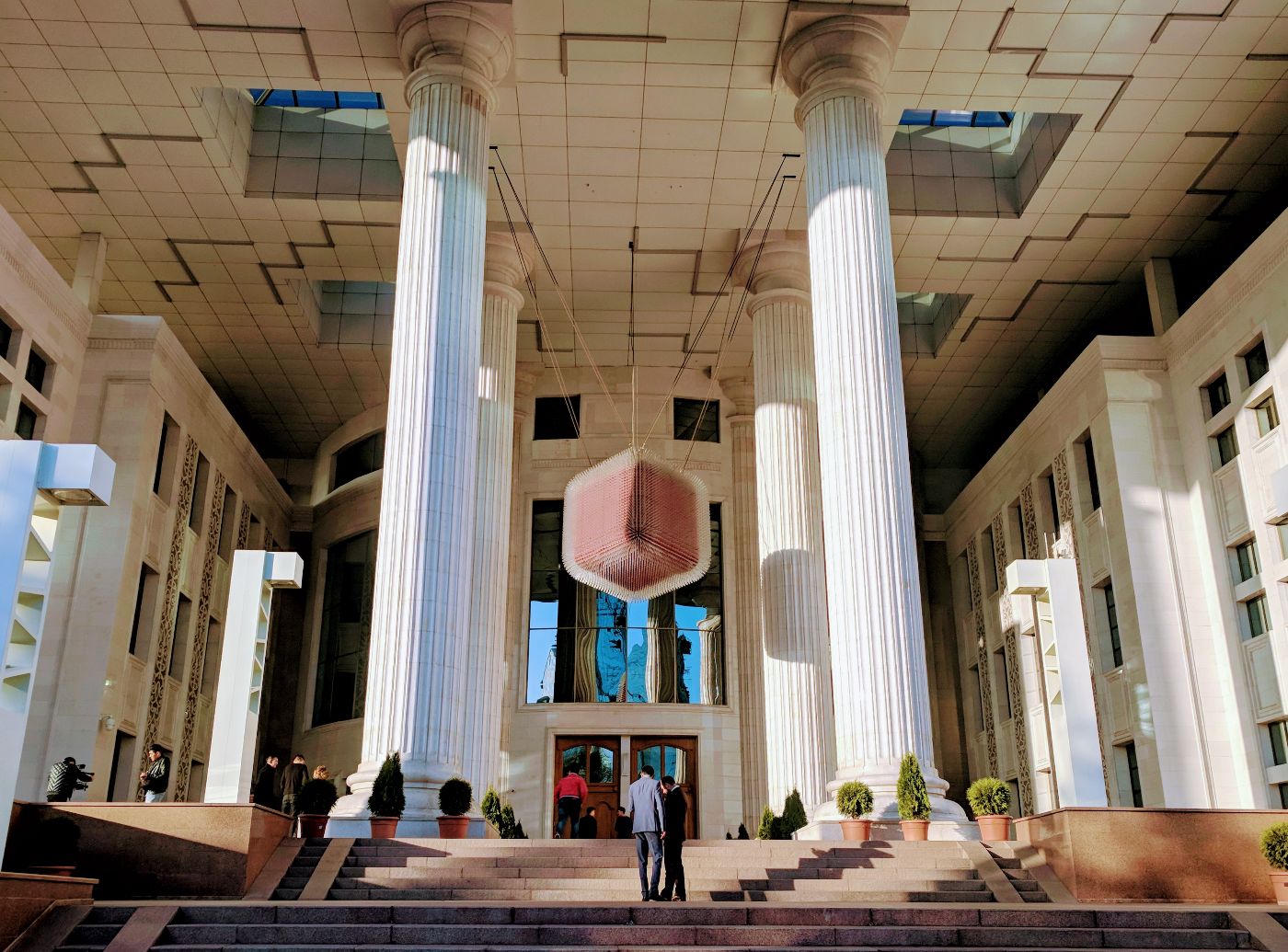
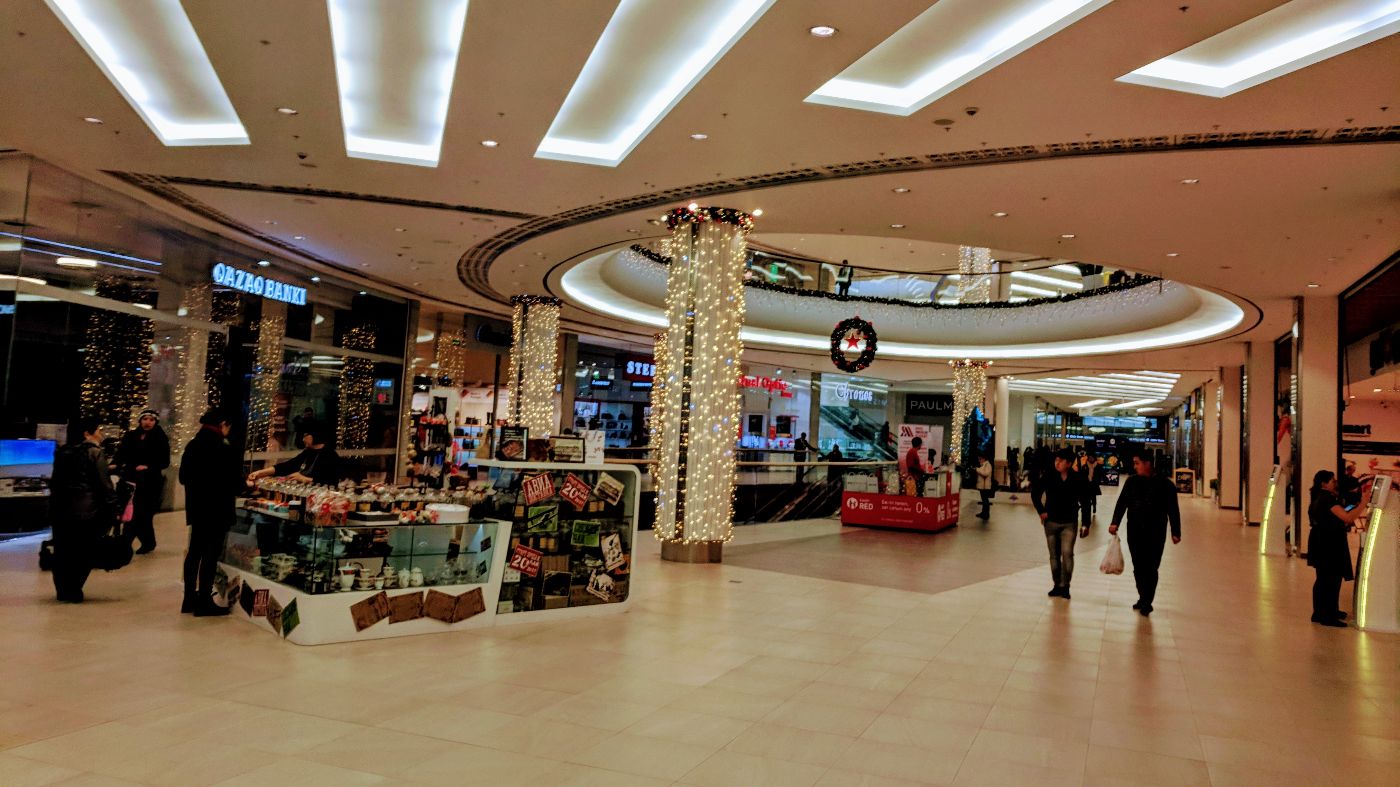
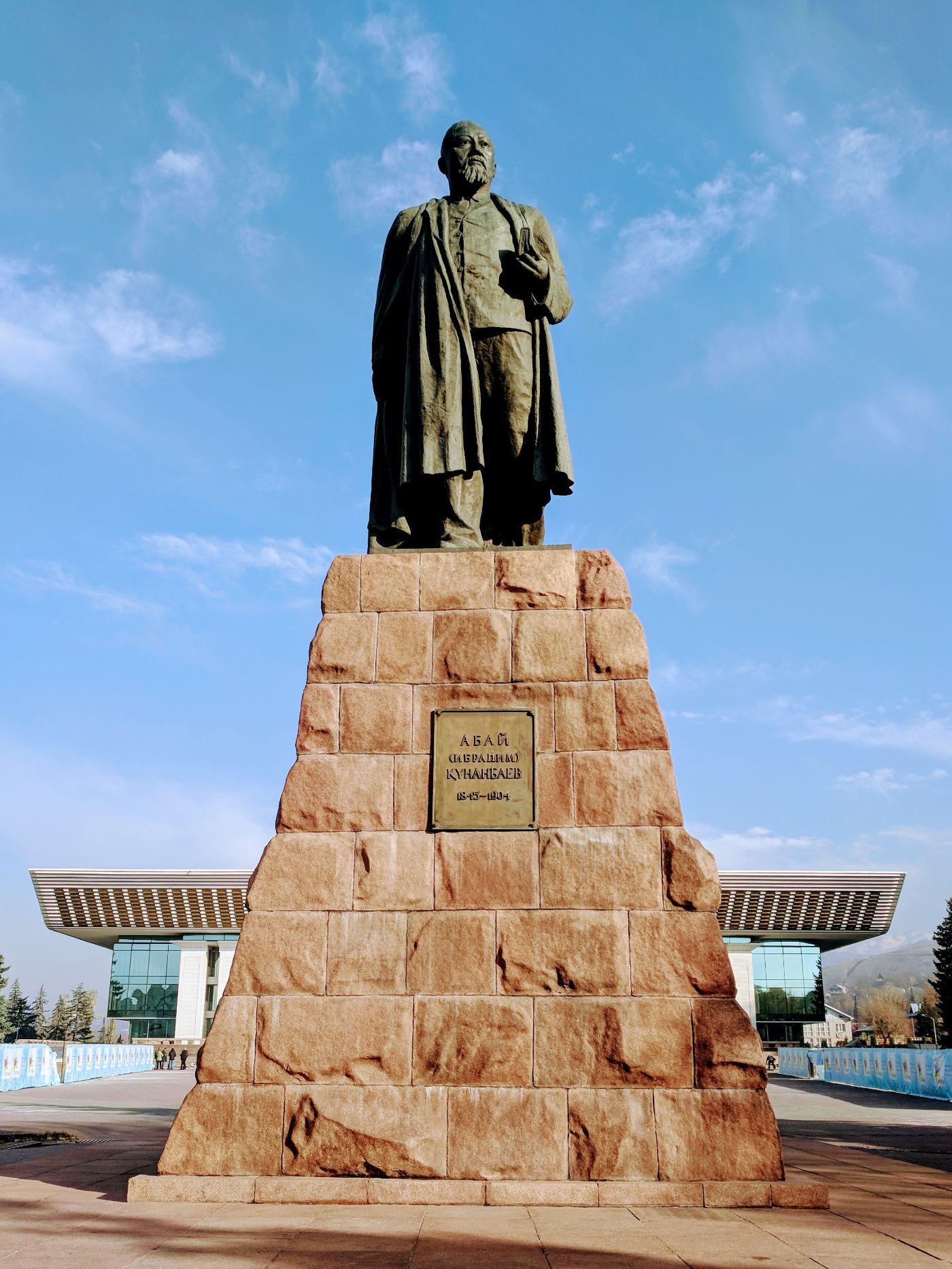
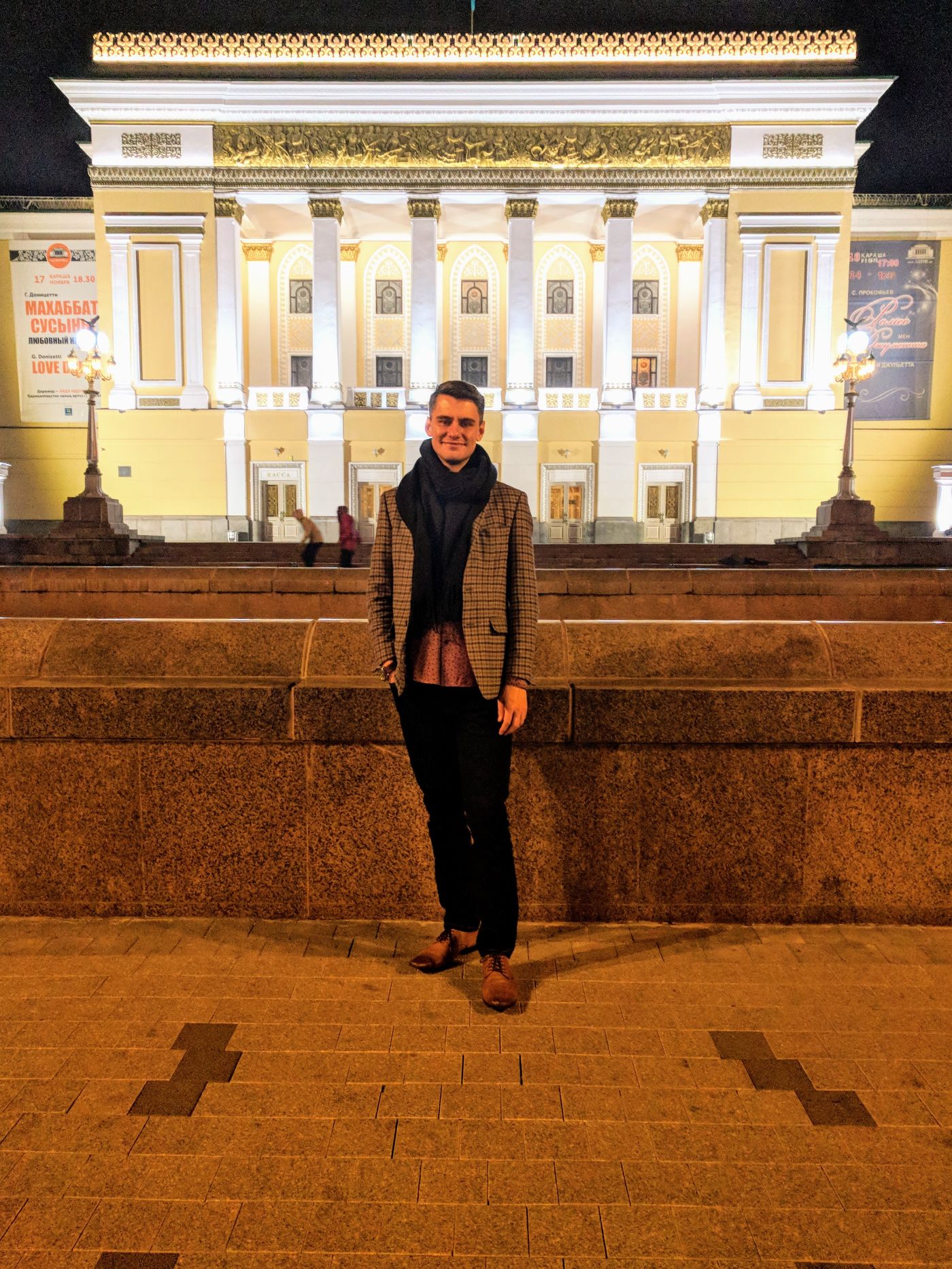
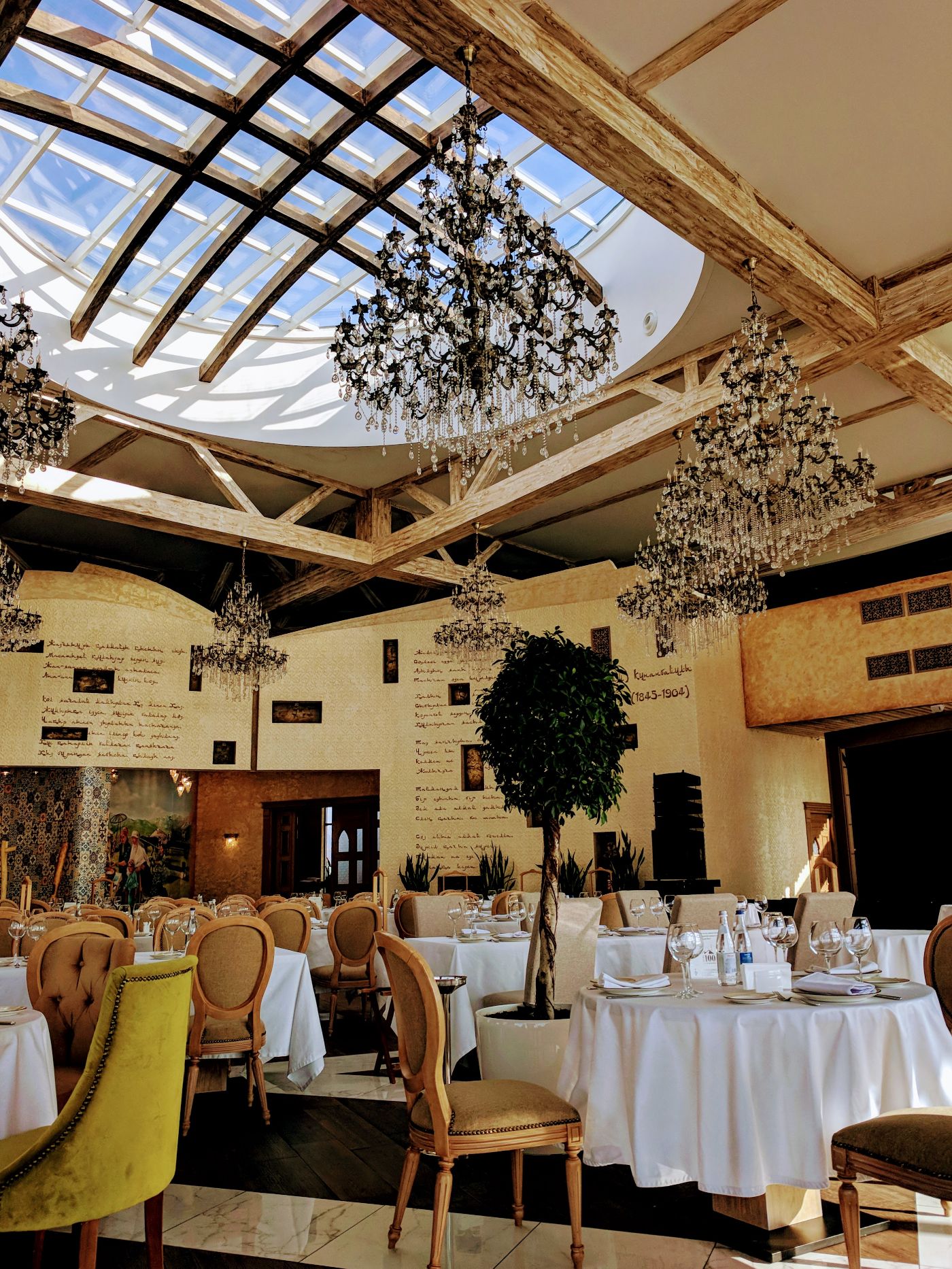
SHARE